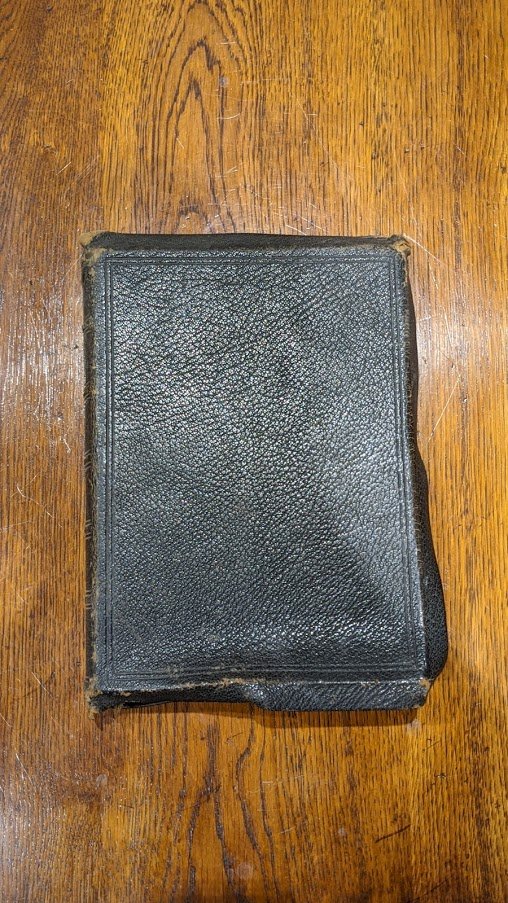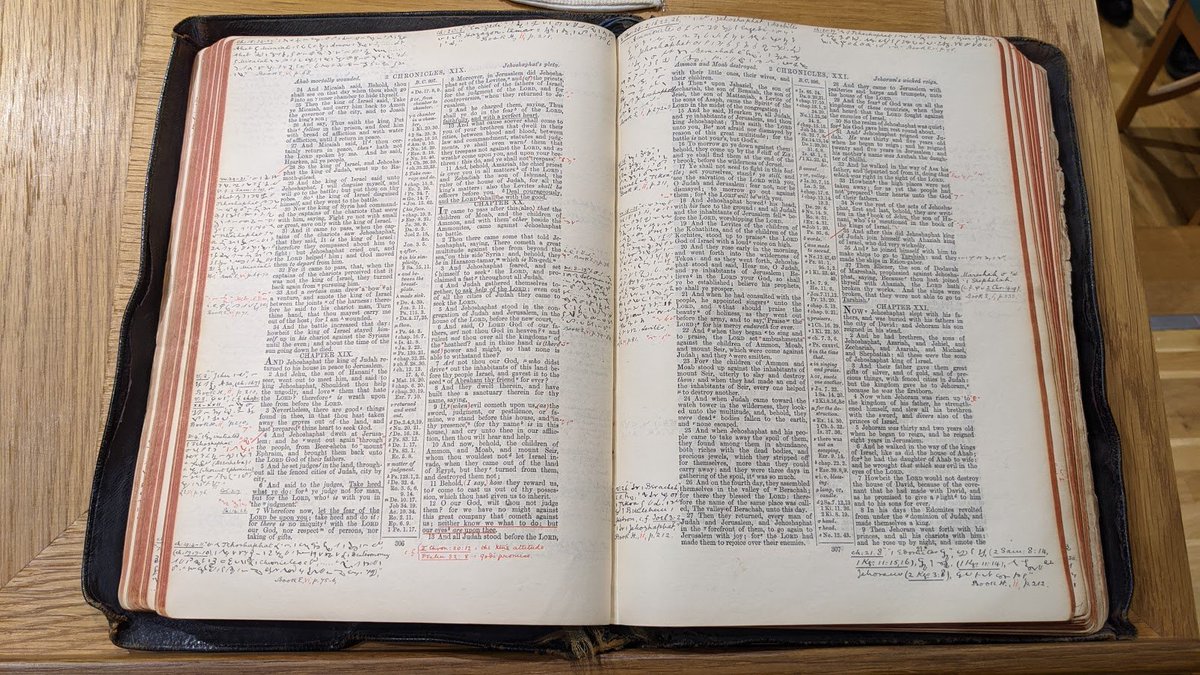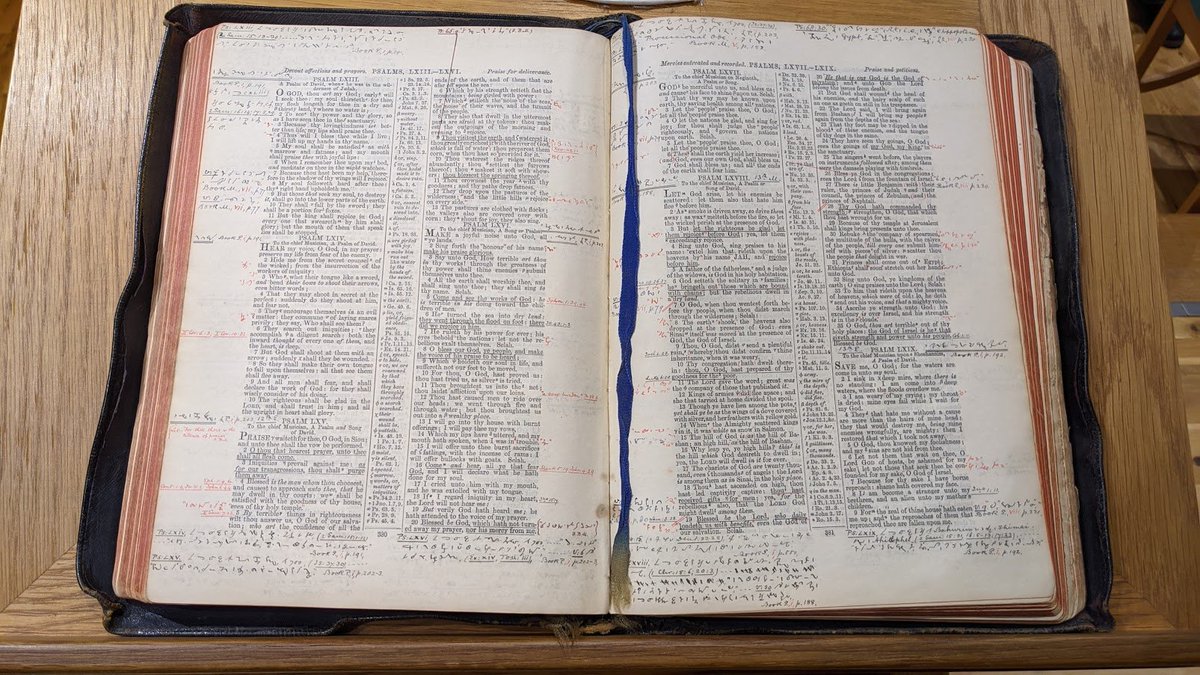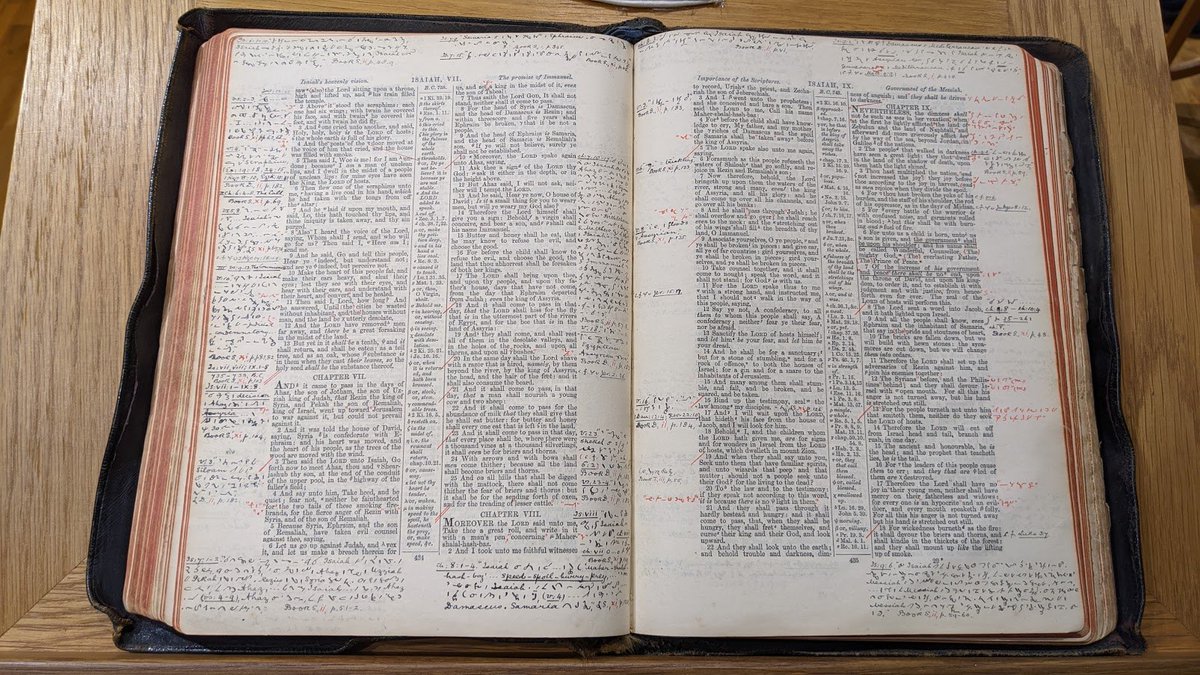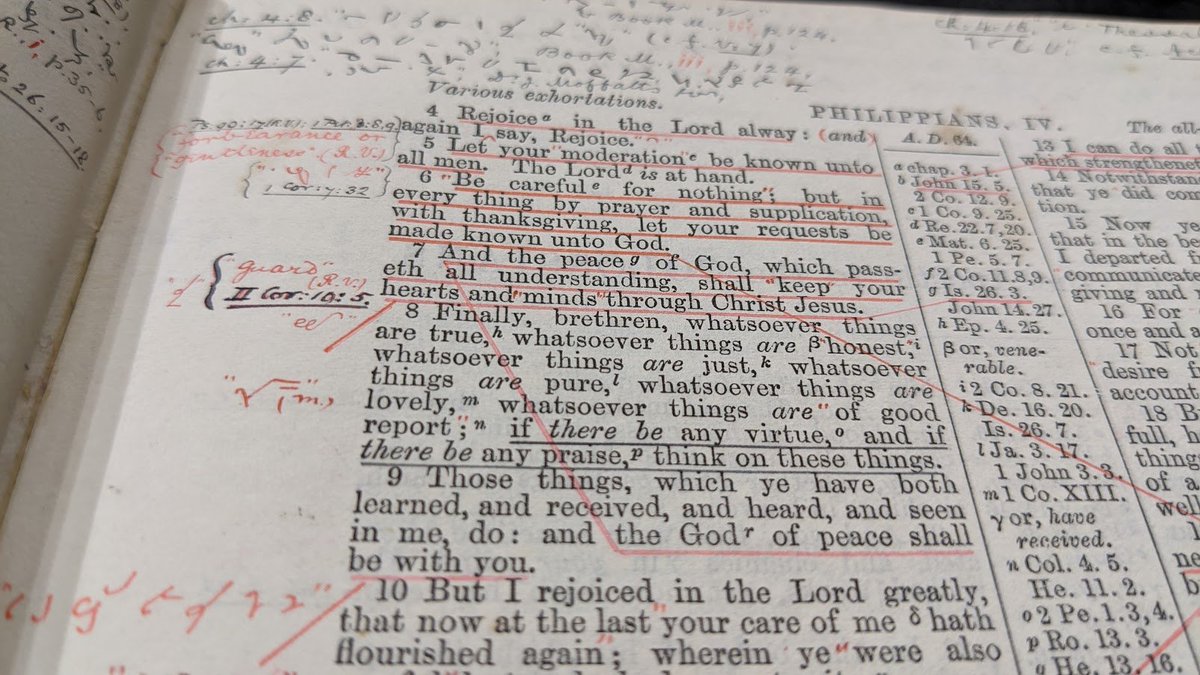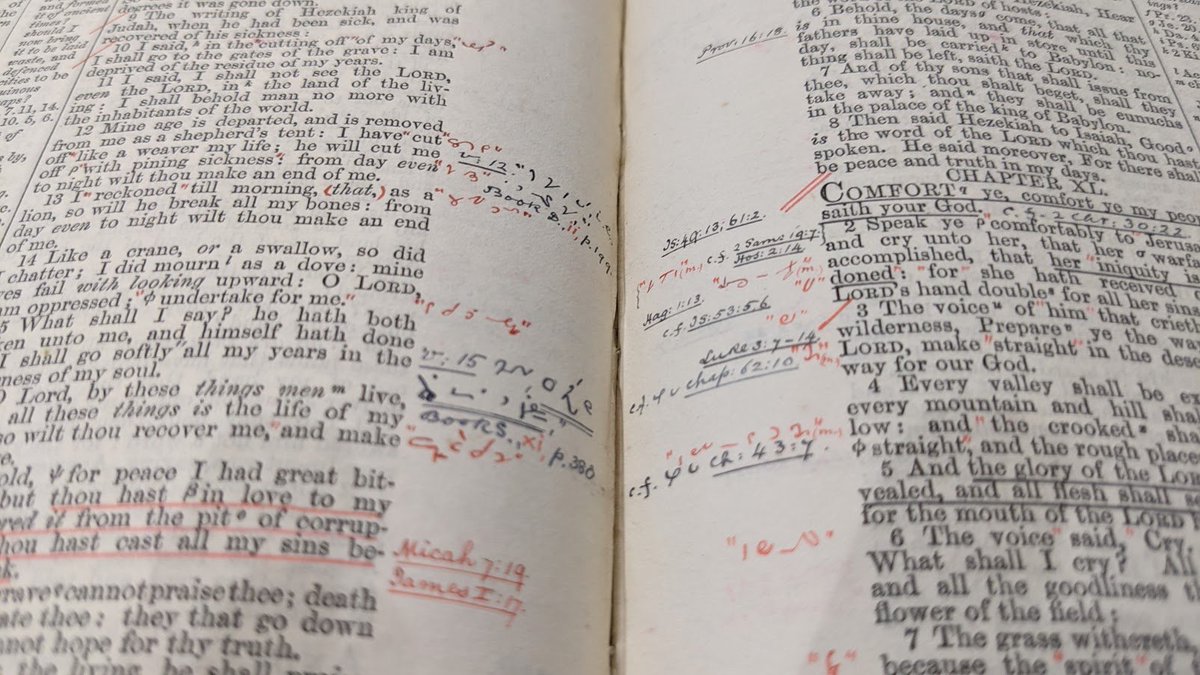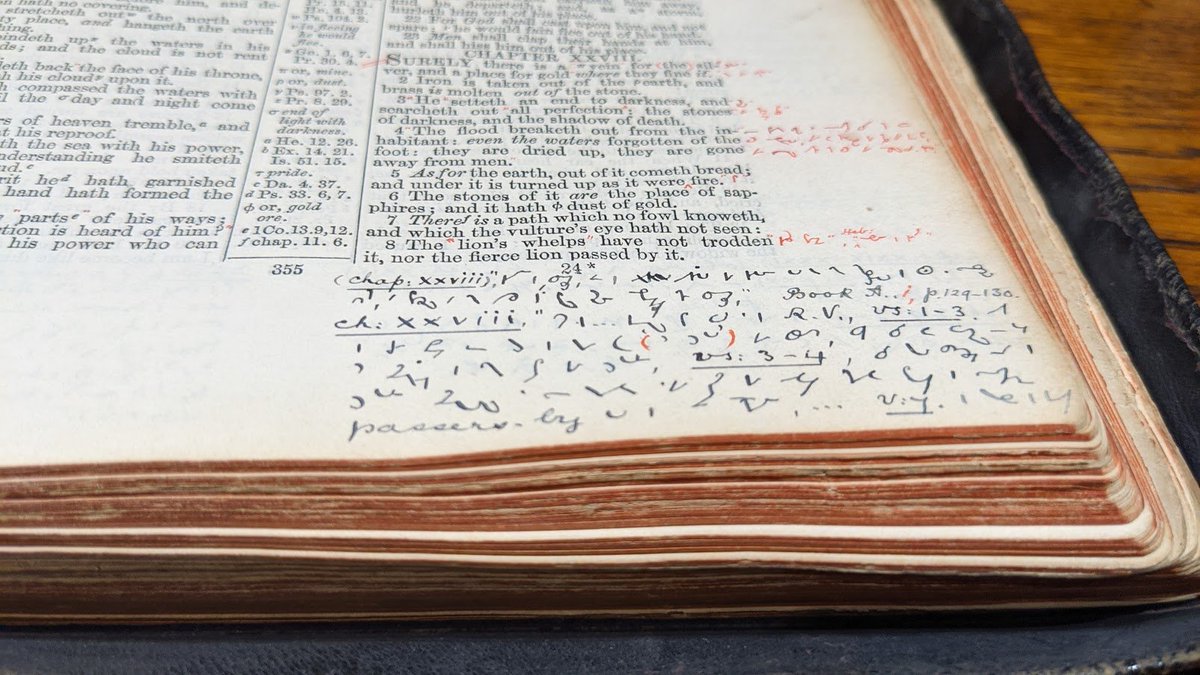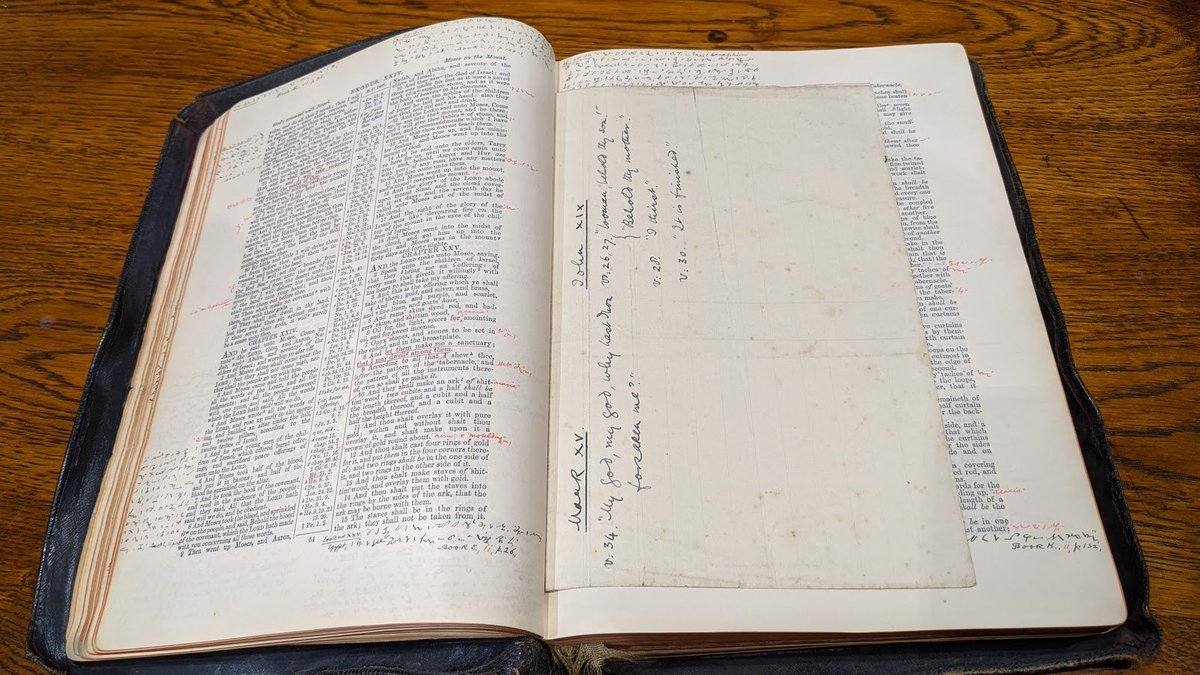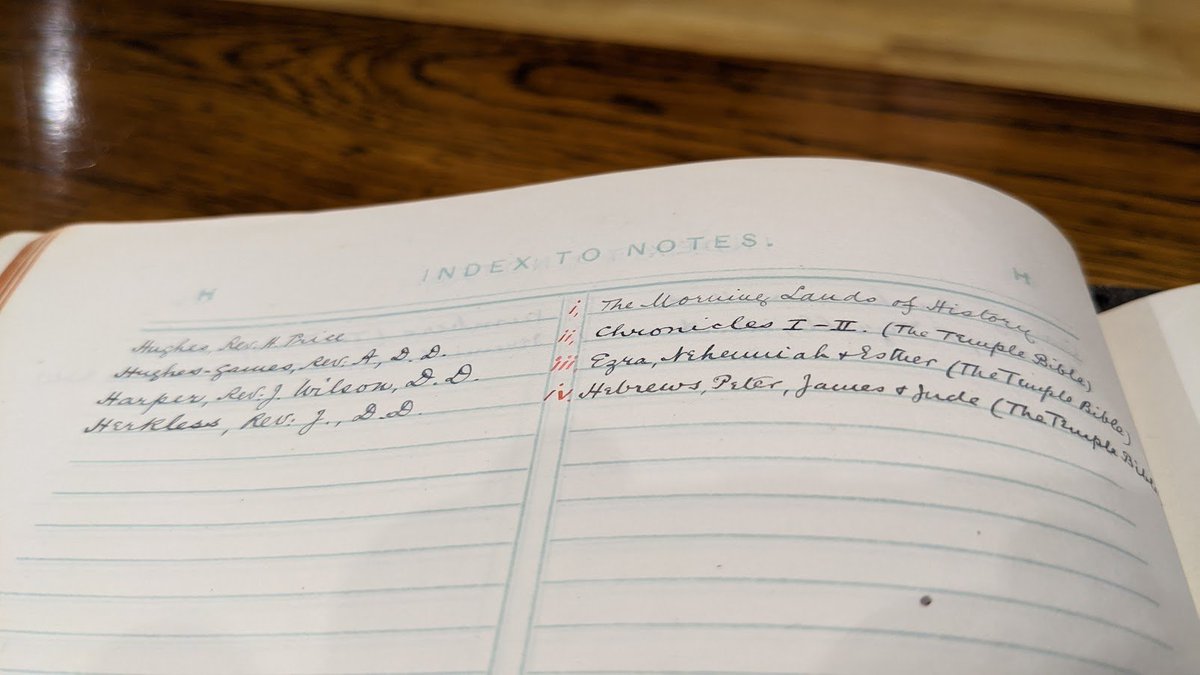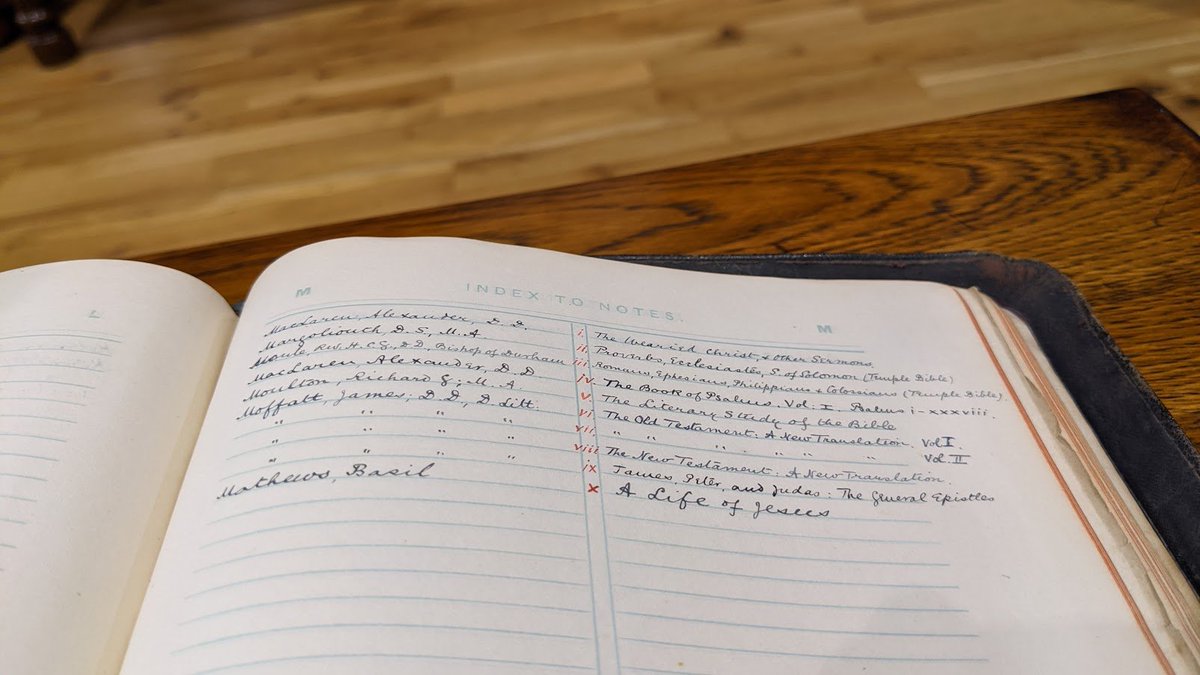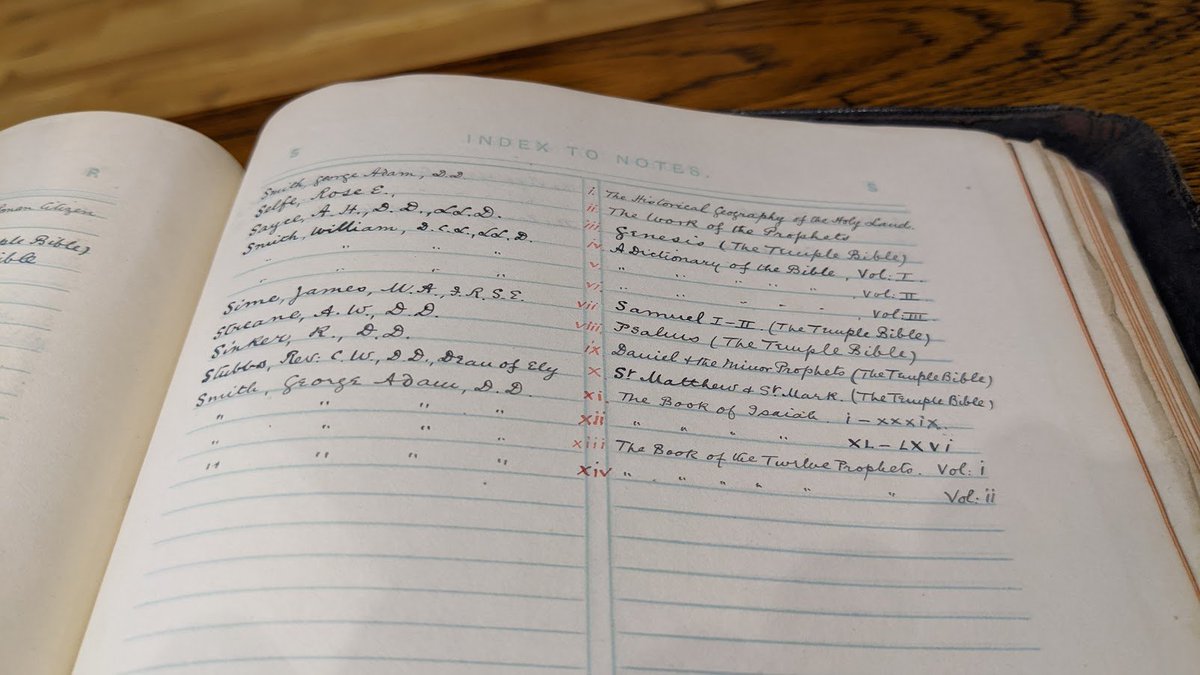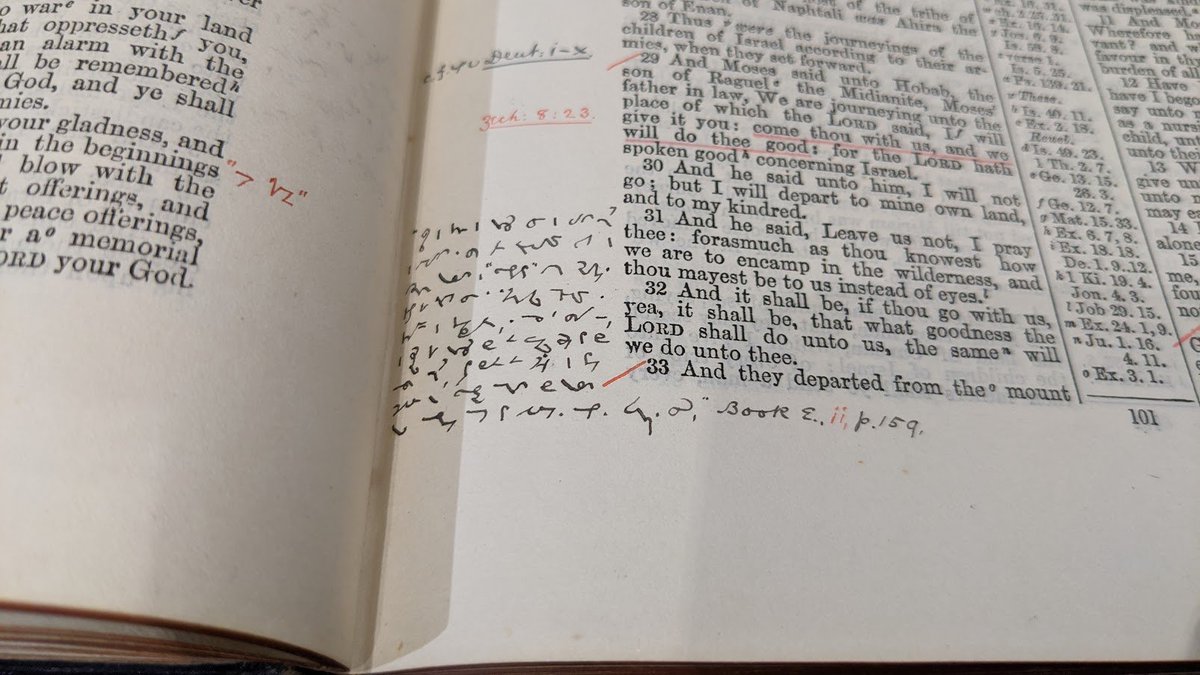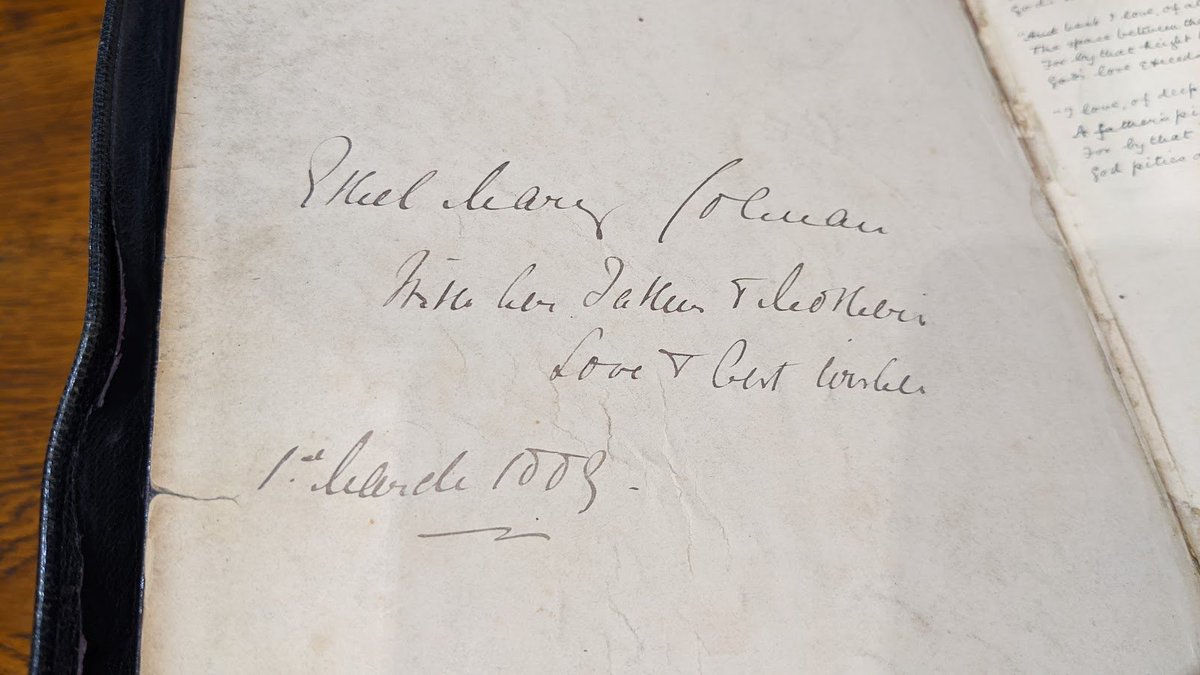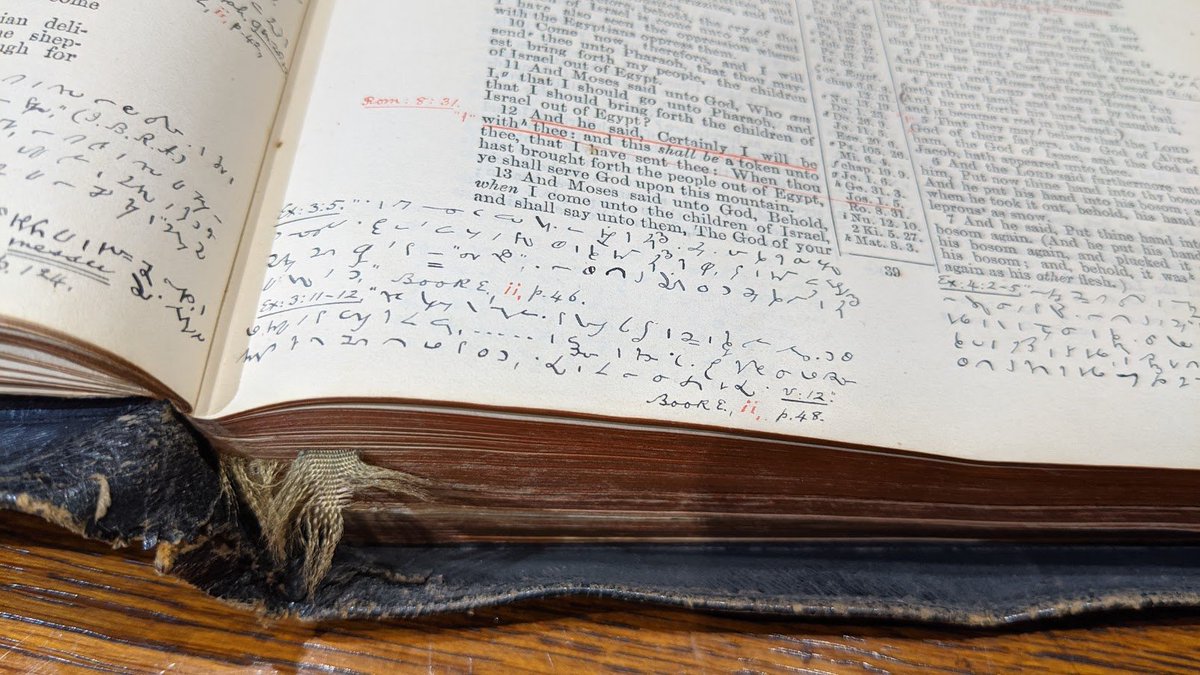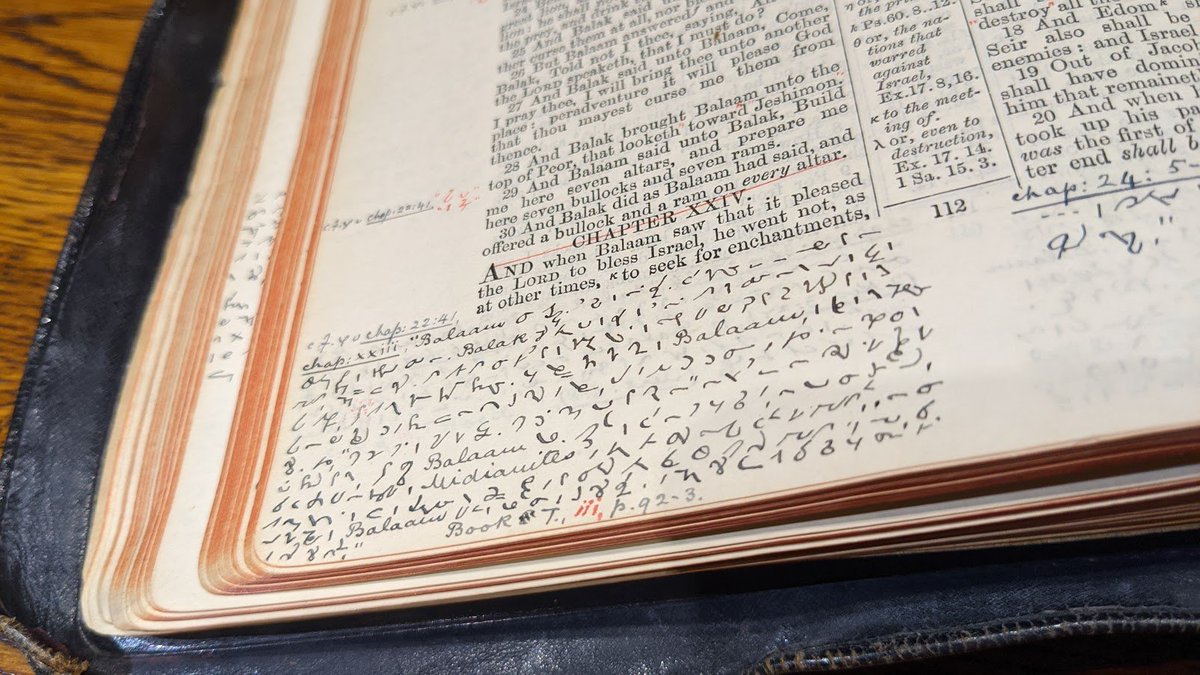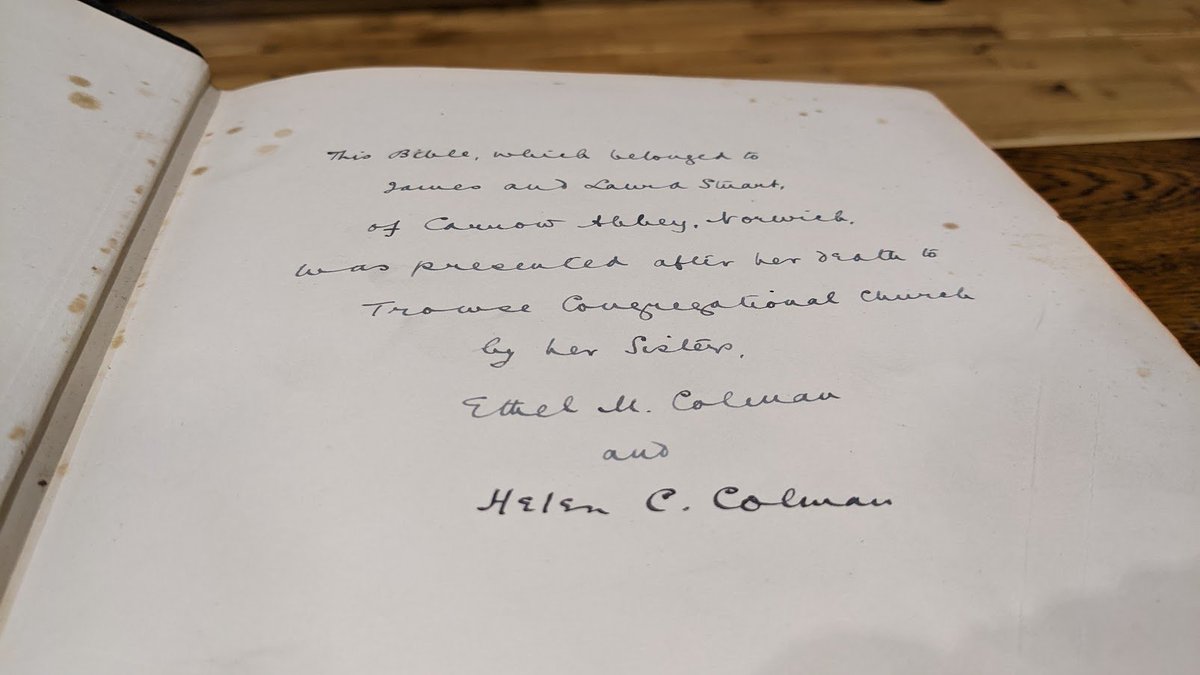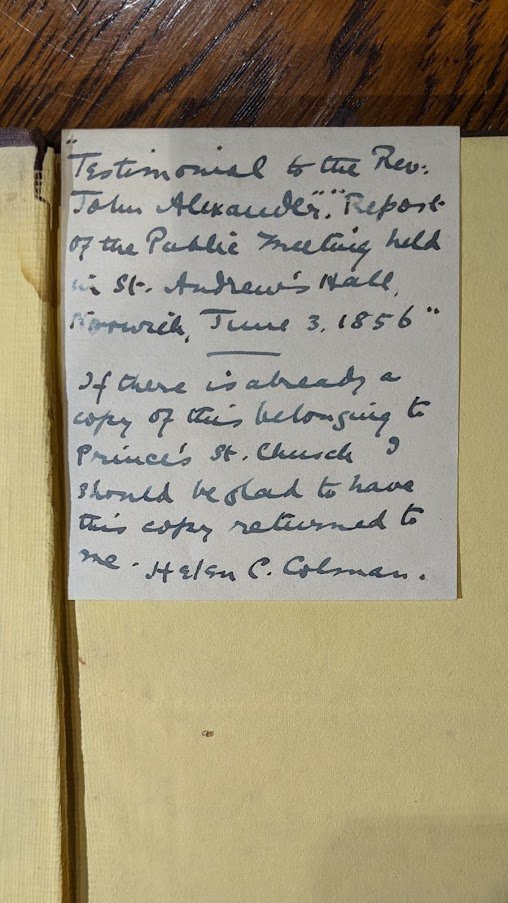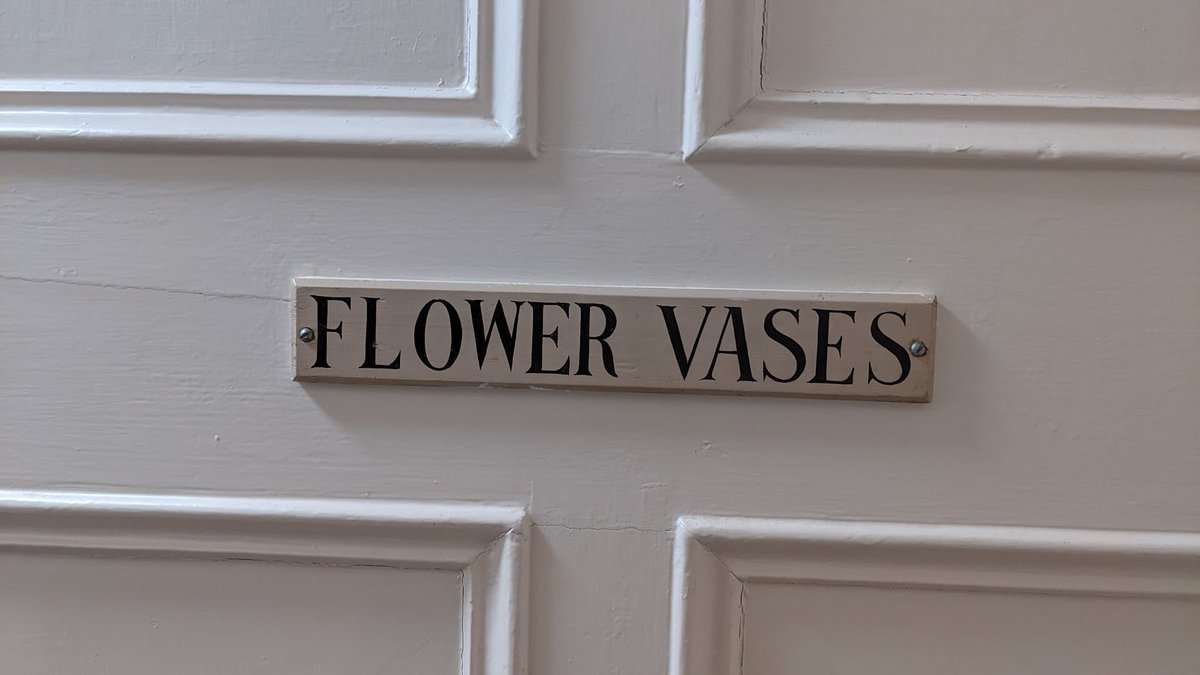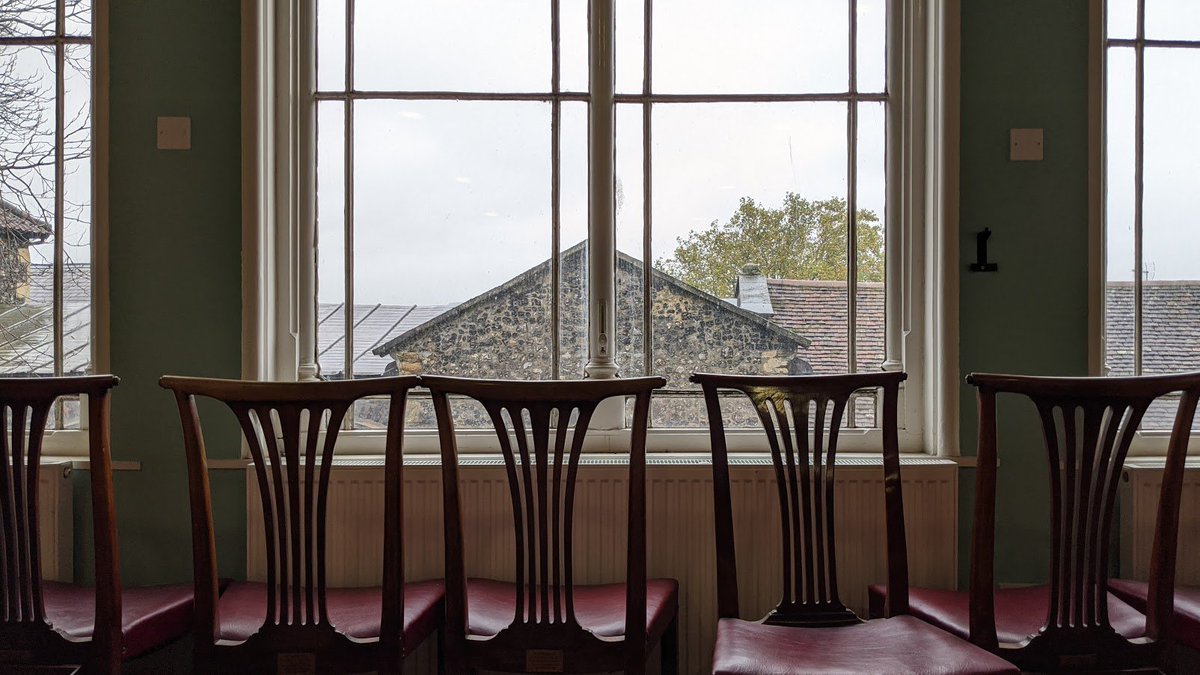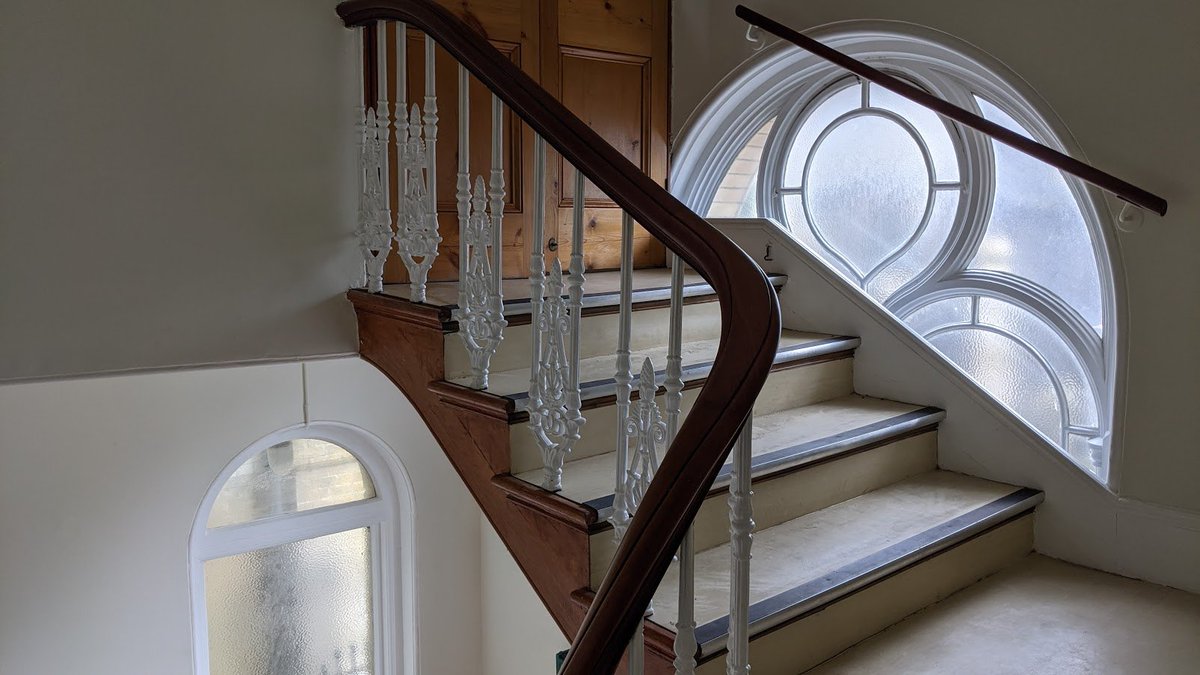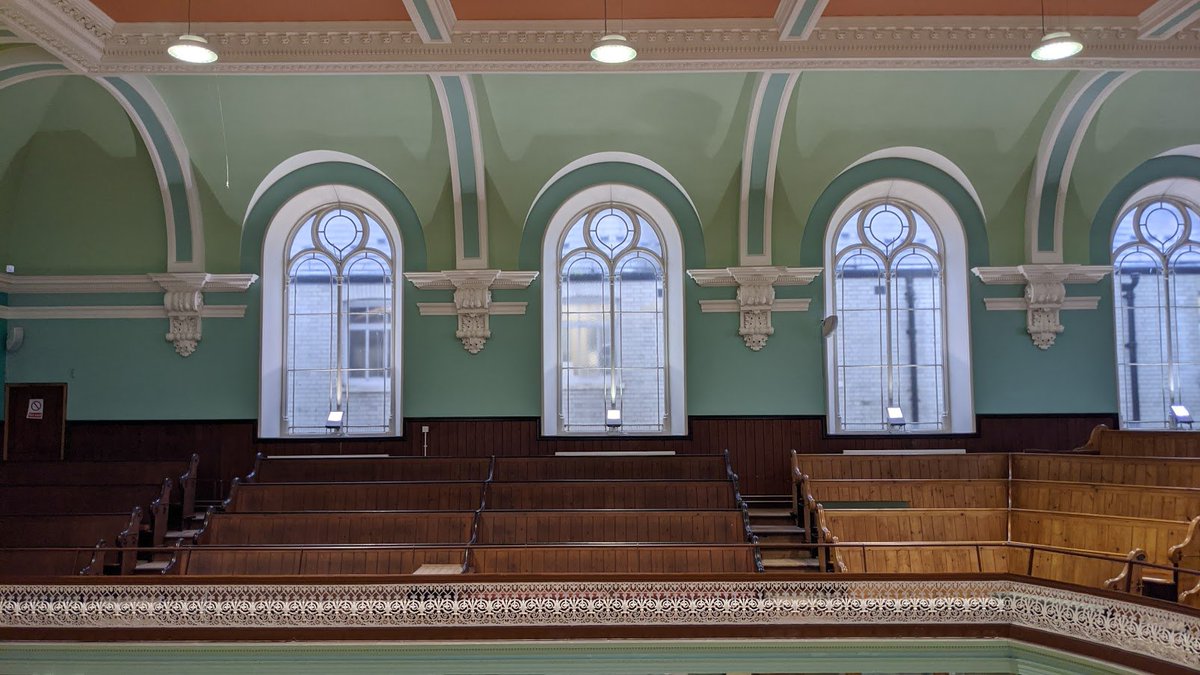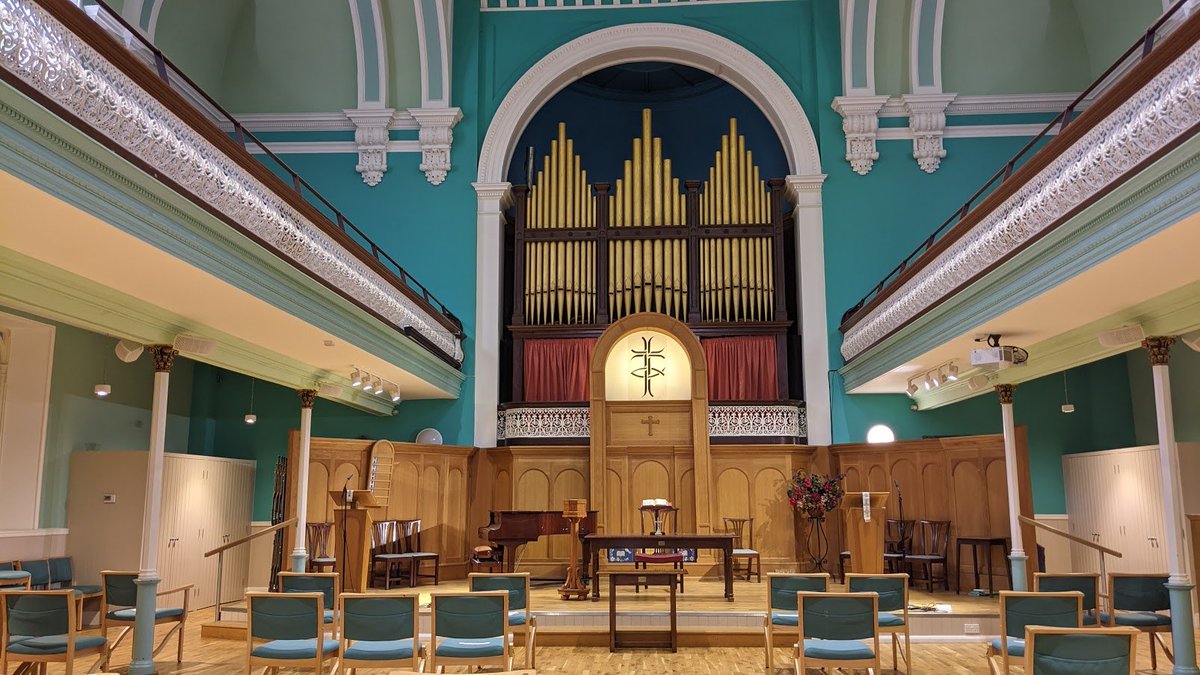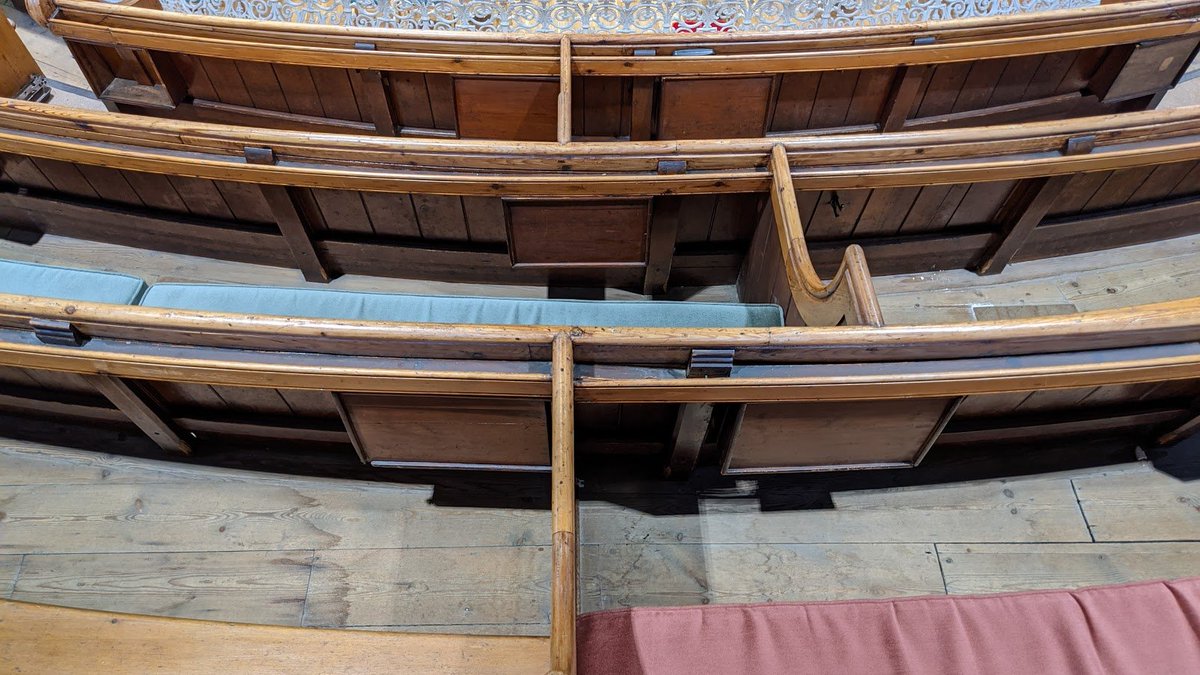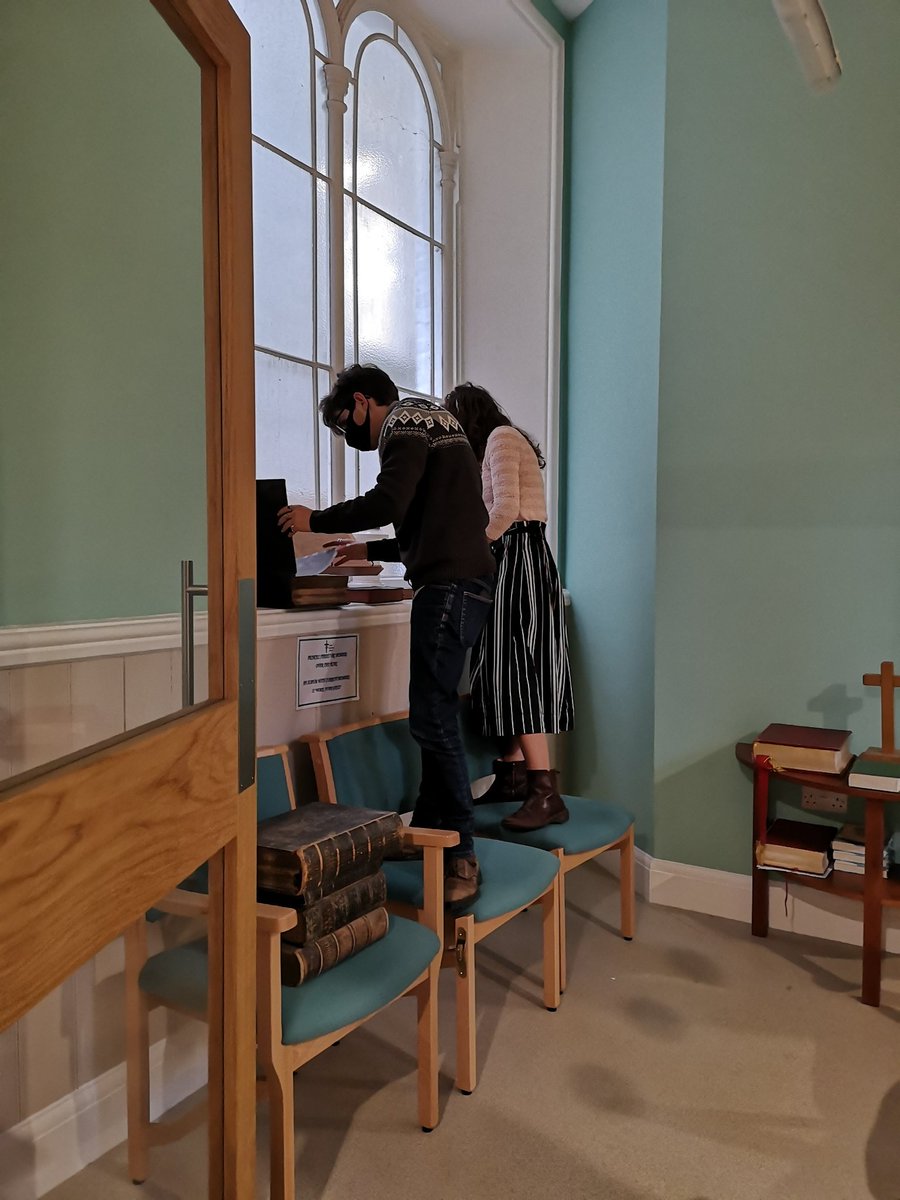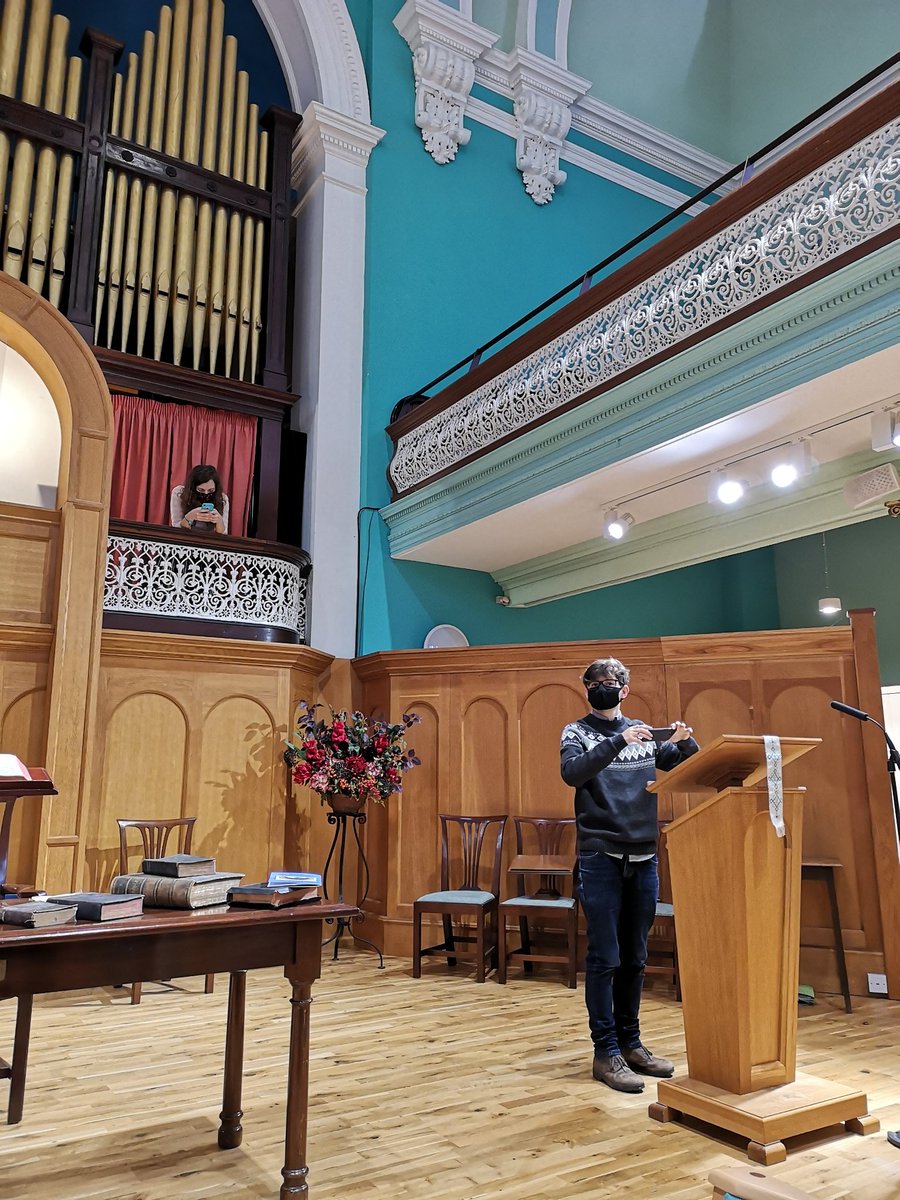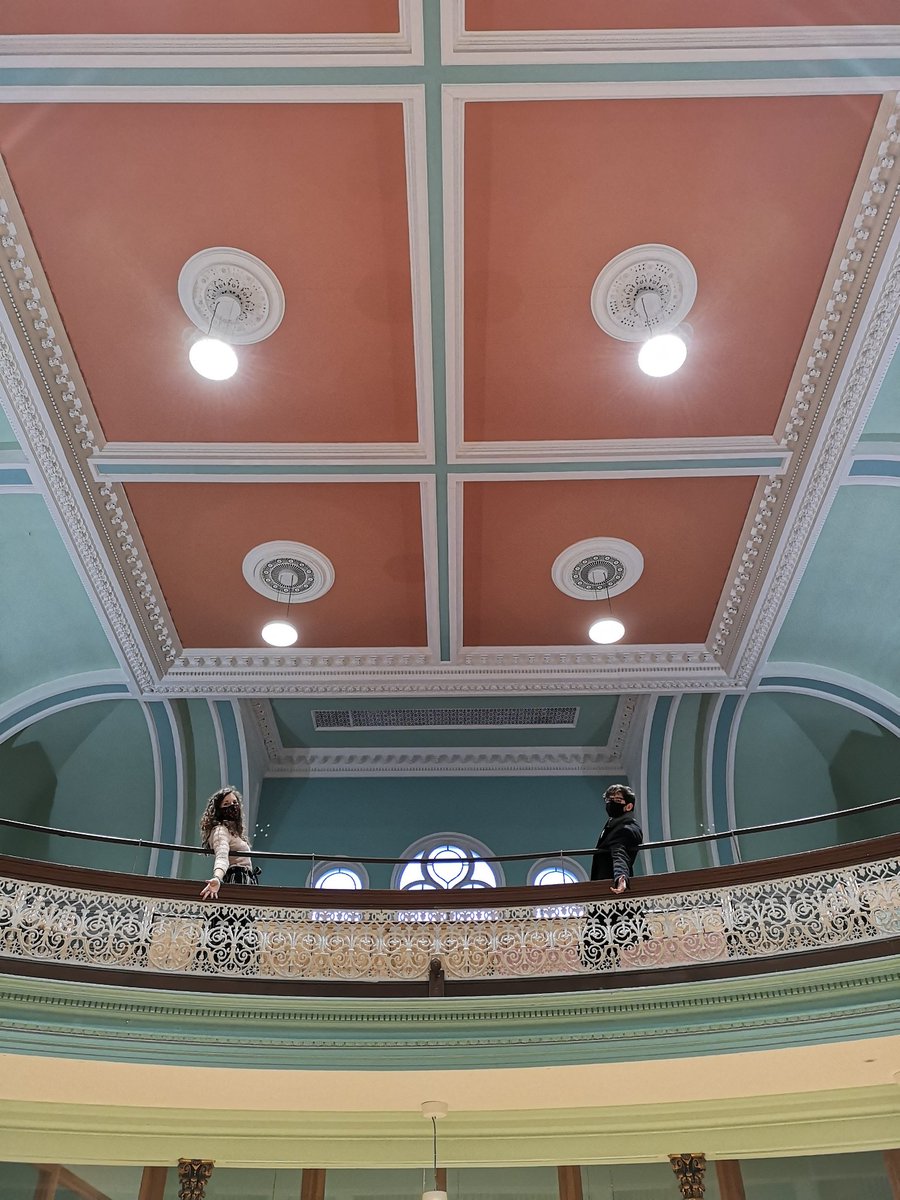Recently I got a message asking me if I& #39;d be able to travel to Norwich to photograph a church before it closed.
I had a super busy week, but they were pulling out the furniture in a few days time, and it was all just so sad that I couldn& #39;t say no.
Let us remember her, together.
I had a super busy week, but they were pulling out the furniture in a few days time, and it was all just so sad that I couldn& #39;t say no.
Let us remember her, together.
This year is the 200th anniversary of Princes Street United Reformed Church.
It& #39;s also the year of it& #39;s closure.
The shrinking congregation cannot afford the (almost half a million pound) repairs needed to keep the building running, and have had to sell the building.
It& #39;s also the year of it& #39;s closure.
The shrinking congregation cannot afford the (almost half a million pound) repairs needed to keep the building running, and have had to sell the building.
I arrived to photograph the church on a drizzly Tuesday afternoon. The following day people would come to begin pulling out the furniture, and breaking down the pews.
The visitors book sat still open in the entrance, the last entry already in place.
The visitors book sat still open in the entrance, the last entry already in place.
The church itself is home to an absolutely stunning paint job. The colours aren& #39;t original (we found evidence of the original beige inside the built-in cupboards and behind the organ) but they bring such beauty and life to the space.
In the 1800& #39;s so many people wanted to attend services at Princes Street URC that pews had to be booked, and up to a thousand people would pack the church to capacity every Sunday.
The pews themselves are absolutely fabulous old things, with so many original fixtures and fittings still intact.
(because this is Twitter, yes, I did seek out and photograph pew number 69 for you utterly irredeemable sinners)
After 200 years of service there& #39;s ephemera of church life everywhere you look. Around every other corner was something that hit me right in the gut with the realisation that the last service had been held here. A walking stick by the coat hooks. A Prayer box. A handwritten note.
Because the church was closing, I got to do things that I almost never do - like go inside the (massive, and beautiful) organ
Even back there, inside the organ, amidst the dust and pipes, signs of church life floated about in scraps of paper, and props from old events.
At the back of the balcony there& #39;s a series of built in cupboards. Because all the furniture and contents were being pulled out the next day, permission was given to rummage.
In the cupboards at the back, were these beautiful records of the life of the church over the years...
And a covenant from better times - It hurt to realise that if something like this happens again, Princes Street URC won& #39;t be on it.
Back down on the ground floor was a small room, containing a big stack of books.
There was only one thing to be done - and that was to check for treasures - luckily, because this was a special church visit, I& #39;d invited @oldenoughtosay, an actual museum professional, along.
There was only one thing to be done - and that was to check for treasures - luckily, because this was a special church visit, I& #39;d invited @oldenoughtosay, an actual museum professional, along.
Oh! My Friends! The Books!!
This Chonk of a Bible was presented to John Alexander, the first Minister (he& #39; basically the founder) of the Church.
This Bible was presented to the Church School by the founder of the Church itself (and inscribed in his own hand), in 1861.
The books were filled with inscriptions and dedications. They were a beautiful record of 200 years of people caring and praying for each other in Princes Street URC.
The Bible that was sat on the altar when I arrived turned out to be a Family Bible, recording over 100 years of Births, Deaths, and Marriages. I flagged this up to the Minister, and he opened it, exclaimed "Oh! It& #39;s the [redacted] Family!" and promised to get it back to them.
There was, however, one book that... there& #39;s no other way to put it... it blew my mind.
In my opinion, the most remarkable object in the entire Church was this ratty looking old thing.
It& #39;s a Polyglot Bible (for nerds), and, in many ways, unremarkable.
But the story behind it is such an important piece of Norwich history.
It& #39;s a Polyglot Bible (for nerds), and, in many ways, unremarkable.
But the story behind it is such an important piece of Norwich history.
We were pulling the books down and flicking through them - making sure that the Church knew what they had, and didn& #39;t throw away anything old or important, and immediately upon opening this book we were startled by the annotations.
This was something a bit special.
This was something a bit special.
Absolutely every page was covered in annotations, cross references, notes - much of it written in what we can only assume is some form of shorthand (though it was not one any of us recognised. It was suggested that it may be Hebrew? I& #39;m not an expert, if you have answers, share)
The sheer volume of the annotations, and the content of those that we could read, made us assume that the Bible had belonged to one of the Ministers of the church. "Who was he?" we wondered aloud. "Did he know he was a nerd? Did the congregation appreciate the work he put in?"
There was an inscription in the front - not that I could read it. But I knew a man who& #39;d relish the challenge. I snapped a photo, and sent it to @thehistoryb0y. He came back with the answer moments later.
It was a gift to Ethel Mary Colman, from her parents.
It was a gift to Ethel Mary Colman, from her parents.
The Mysterious annotator was a woman.
But this was the 1880& #39;s, and there were notes in the book that were clearly sermon preparation. How could that be?
The current Minister of the church explained. In the 1800& #39;s Ethel Colman was one of the first ever female Deacons in England.
But this was the 1880& #39;s, and there were notes in the book that were clearly sermon preparation. How could that be?
The current Minister of the church explained. In the 1800& #39;s Ethel Colman was one of the first ever female Deacons in England.
Okay, I thought, what we have here is the personal, heavily-annotated, polyglot Bible of one of the first female Deacons in England. This is incredibly cool.
Then I looked into Ethel Mary Colman. And it turned out that in 1923 she became the first female Lord Mayor of Norwich.
Then I looked into Ethel Mary Colman. And it turned out that in 1923 she became the first female Lord Mayor of Norwich.
And upon realising that, and the sheer importance of what we& #39;d found just sitting on a windowsill, we immediately commanded the current Minister to get the book to a local museum or archive as soon as was humanly possible.
You may be sitting there like, "hang on - Colman? Norwich? Could it be? And yes - Ethel Mary Colman was the first daughter of the man who founded Colman& #39;s Mustard.
The family were devoted members of the church, and they just kept popping up.
The family were devoted members of the church, and they just kept popping up.
But there, too, over and over again, was the founder, John Alexander, receiving books, and giving them - this time to his Granddaughter
Isn& #39;t that the important thing about Churches, after all?
200 years after Princes Street URC was founded the community continues even as the building closes.
People gather together, to worship, and remember, and care for each other. Both those still living, and those long dead.
200 years after Princes Street URC was founded the community continues even as the building closes.
People gather together, to worship, and remember, and care for each other. Both those still living, and those long dead.
Let us all remember Princes Street United Reformed Church, not as a church that had to close, but as a church that really, truly, meant something. As a church that was loved by so many people.
Let us continue to love it, no matter what happens to these old stones.
Let us continue to love it, no matter what happens to these old stones.
This is the awkward bit where I mention that I have a digital tip jar, and that if you like what I do, and want to help cover my expenses so I can keep doing it, you can tip me here: https://ko-fi.com/jayhulme
You">https://ko-fi.com/jayhulme&... can also find more Church Adventures here: https://twitter.com/JayHulmePoet/status/1294387410642579456">https://twitter.com/JayHulmeP...
You">https://ko-fi.com/jayhulme&... can also find more Church Adventures here: https://twitter.com/JayHulmePoet/status/1294387410642579456">https://twitter.com/JayHulmeP...

 Read on Twitter
Read on Twitter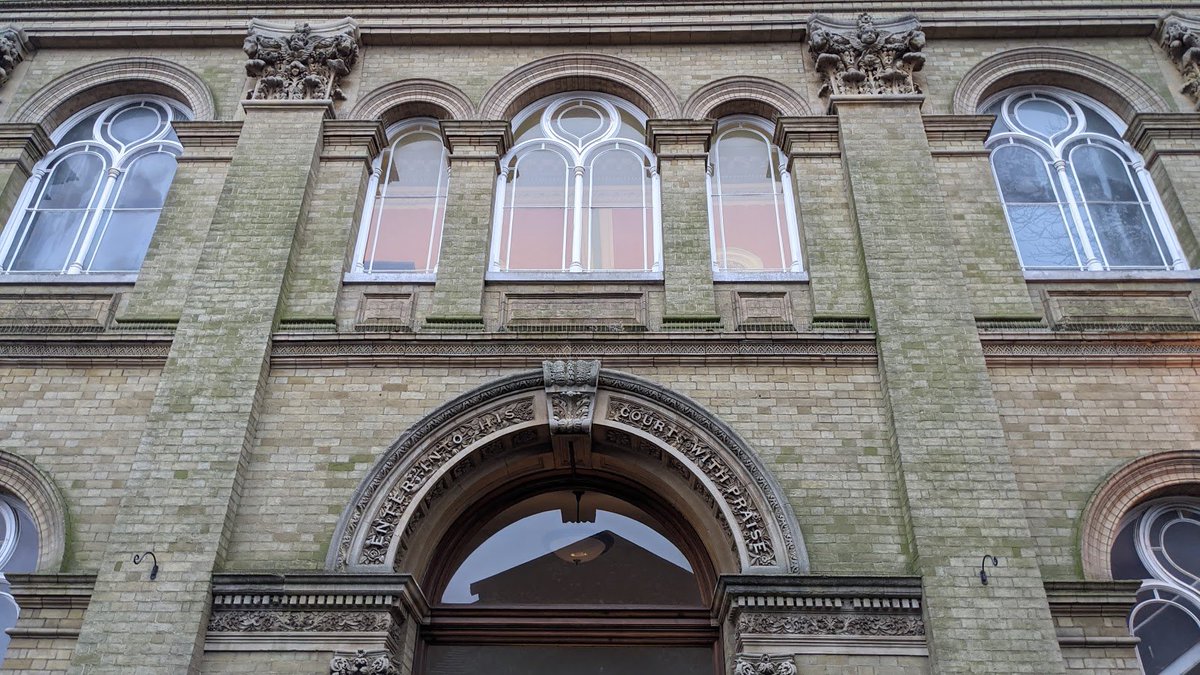
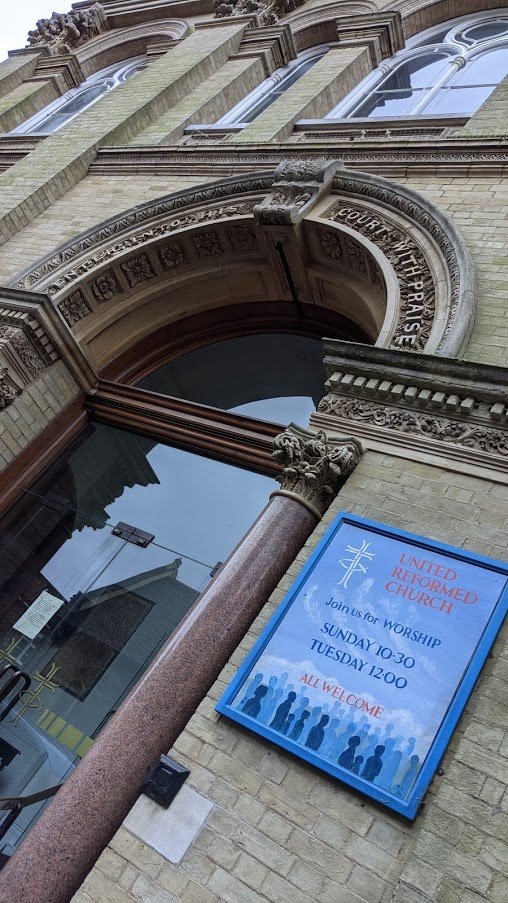
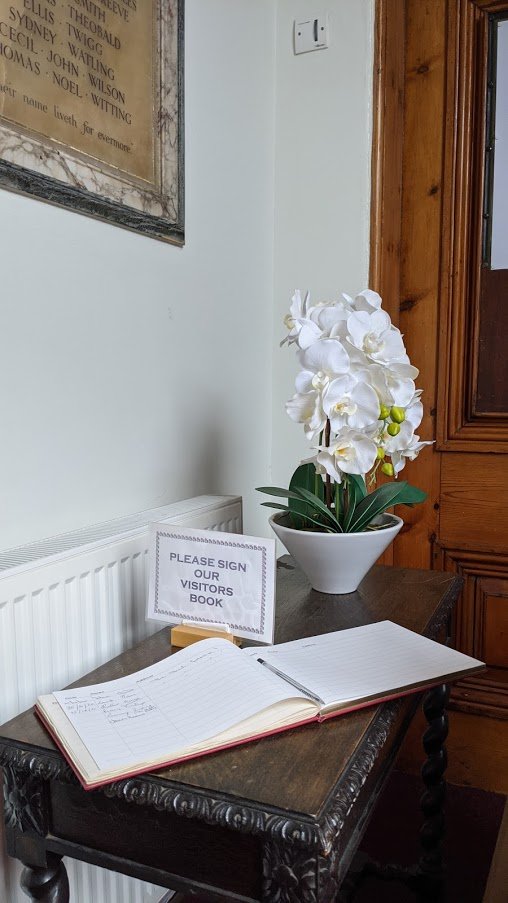
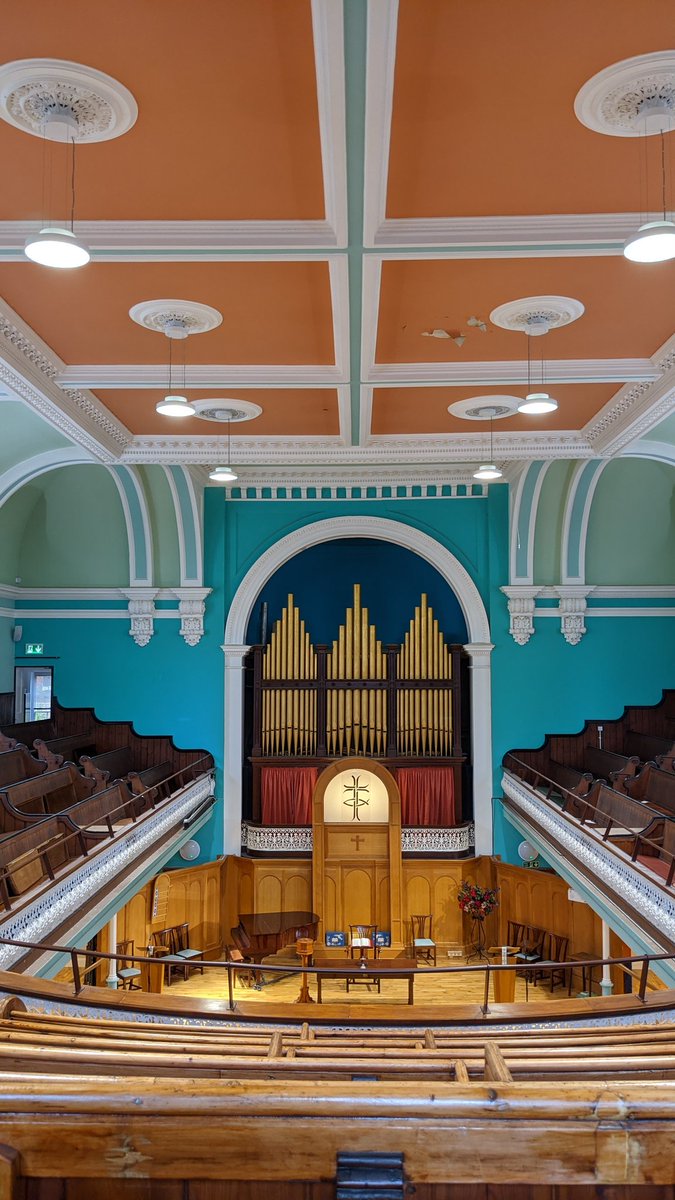
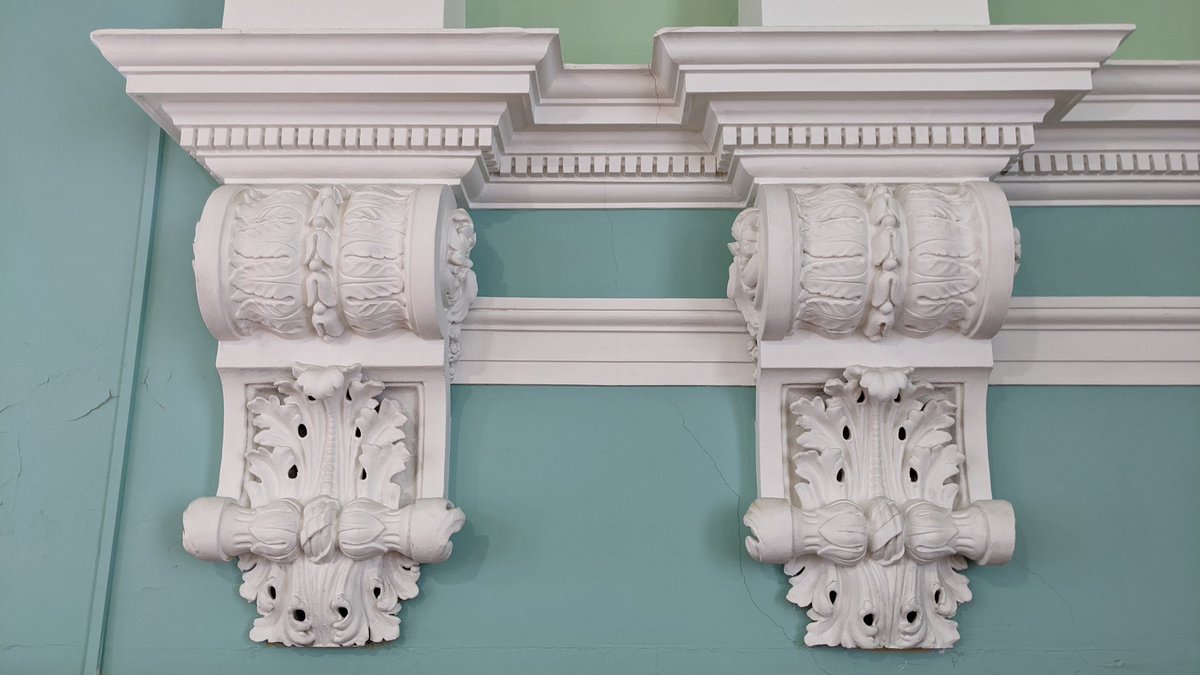

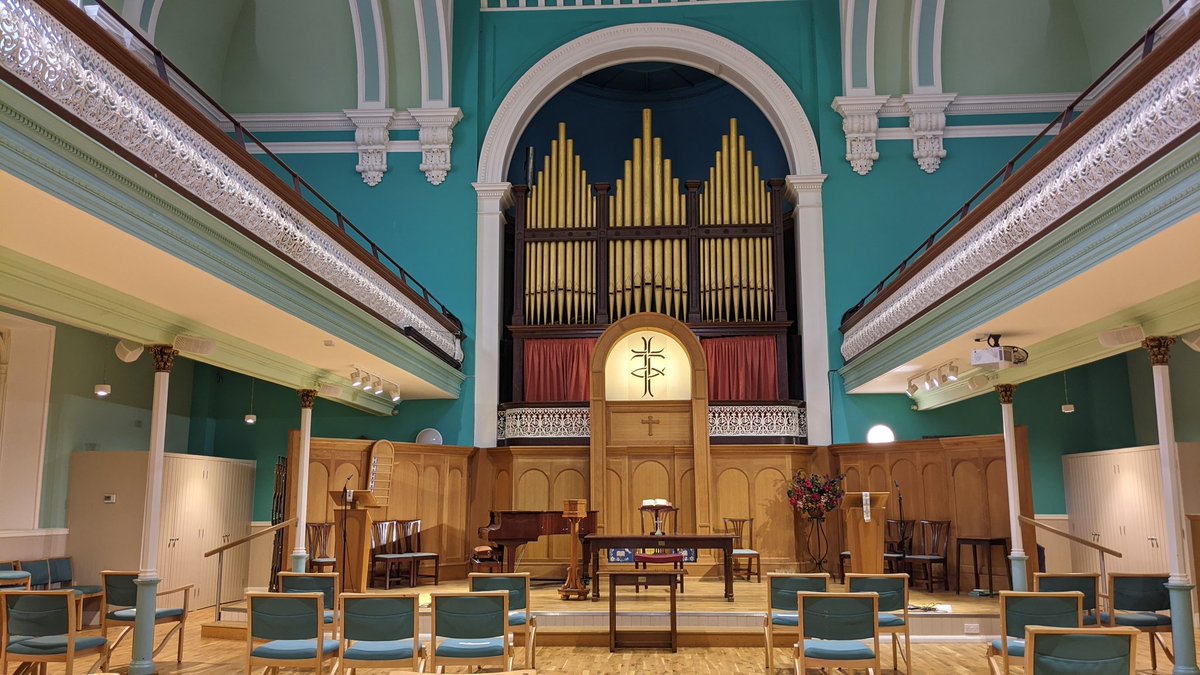

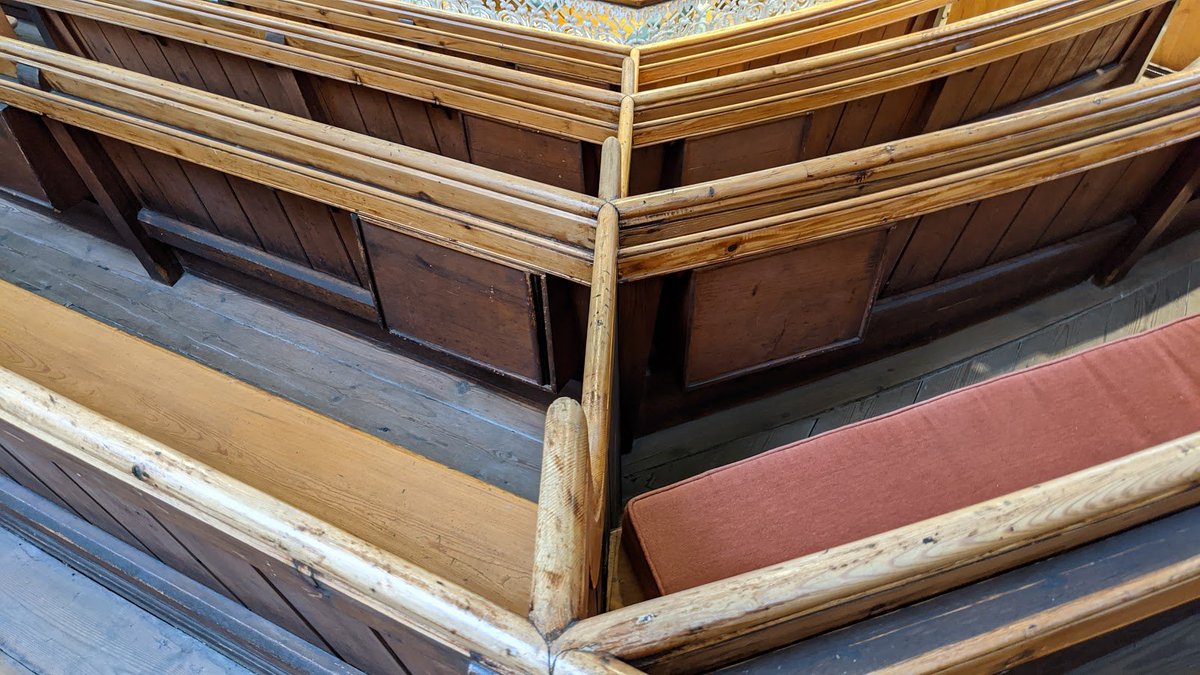
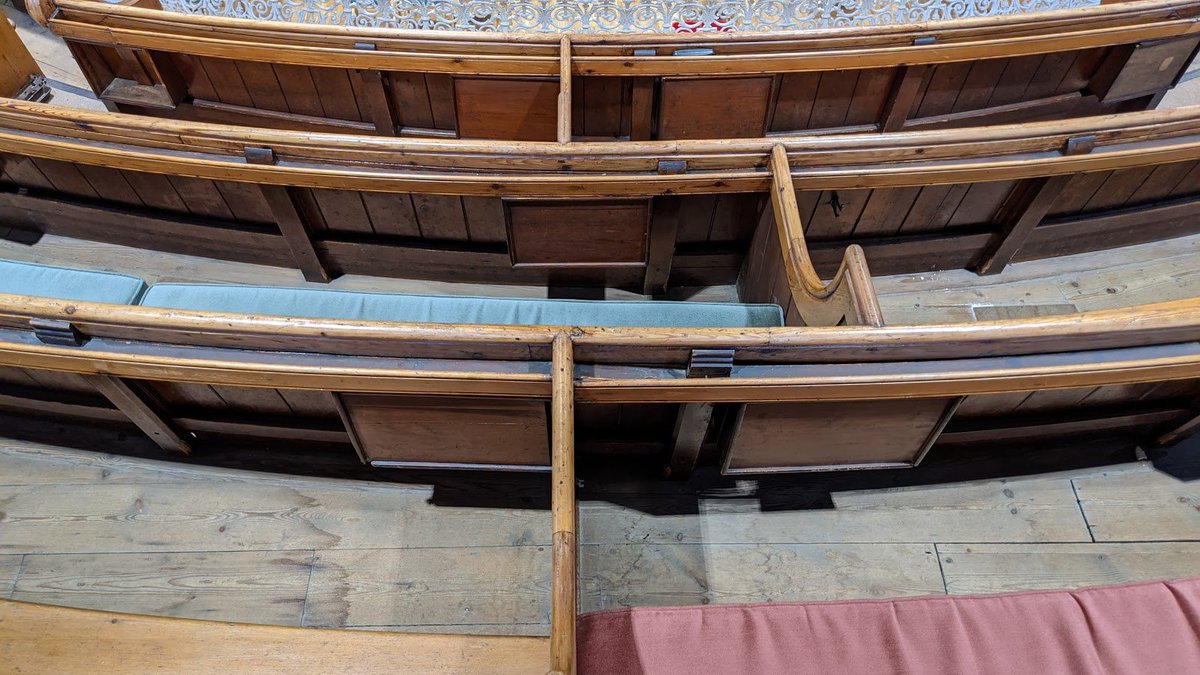

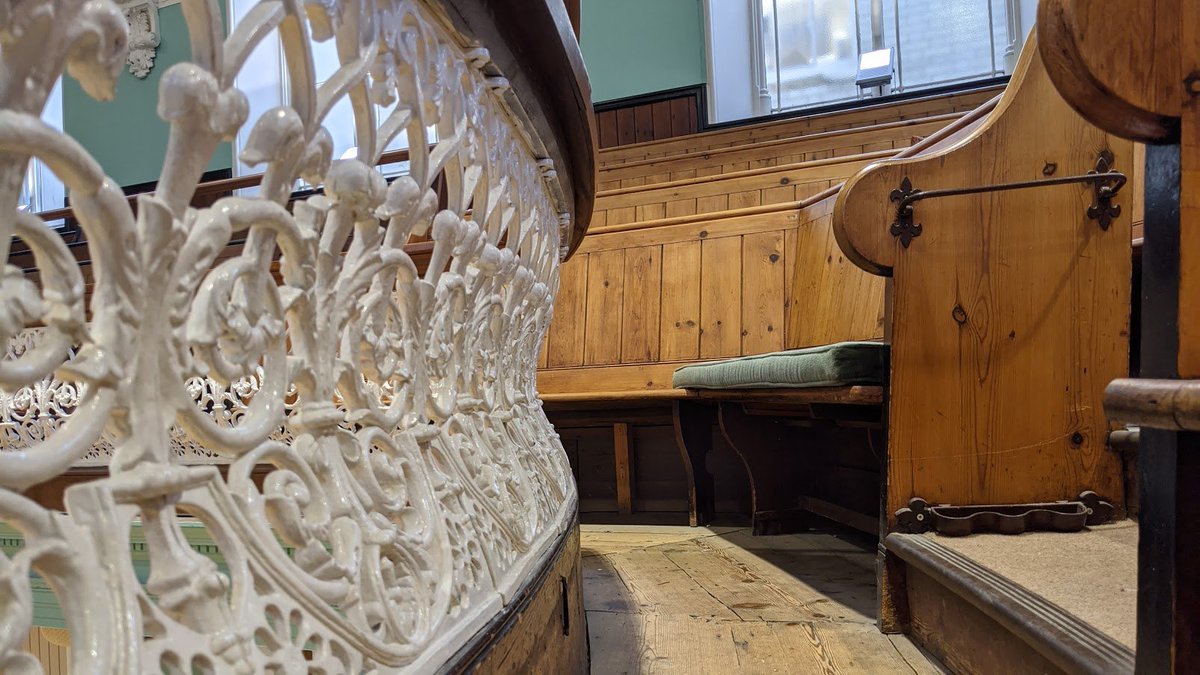
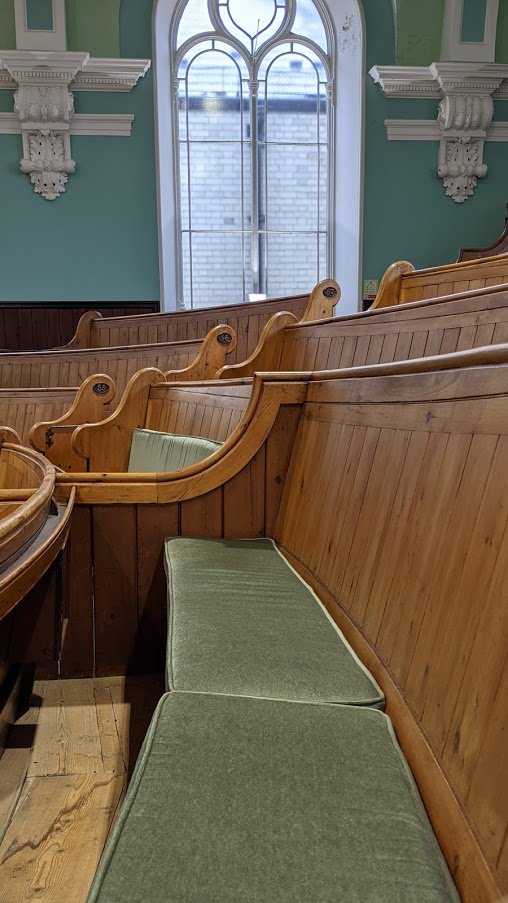
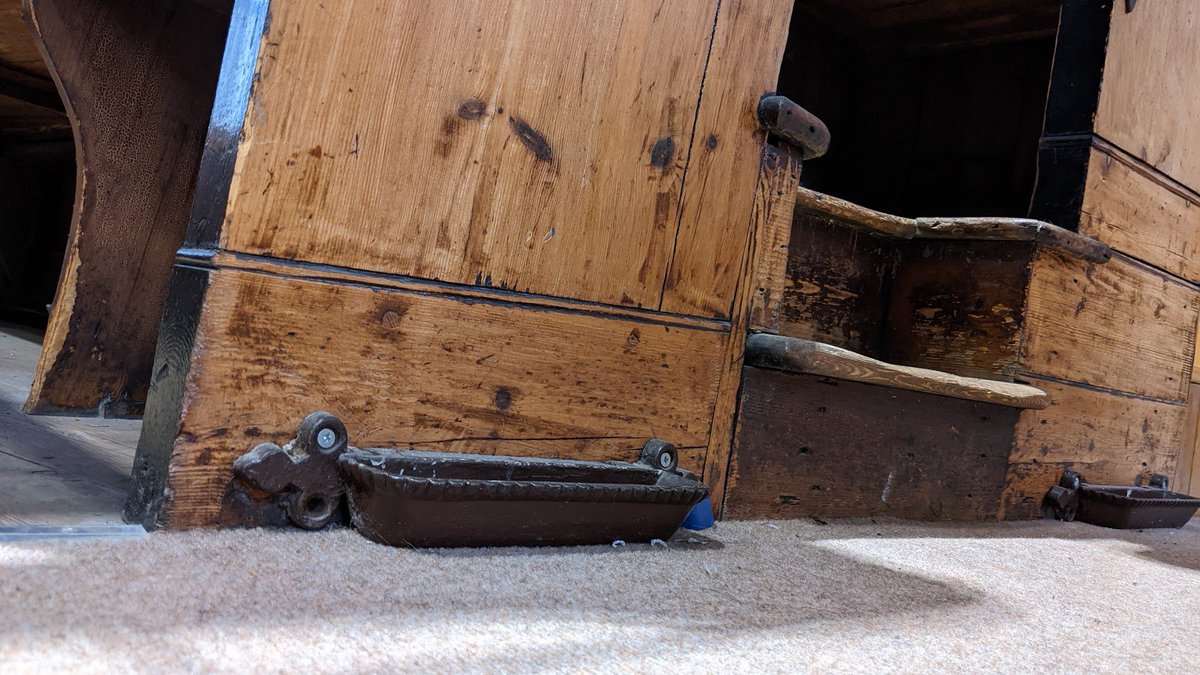
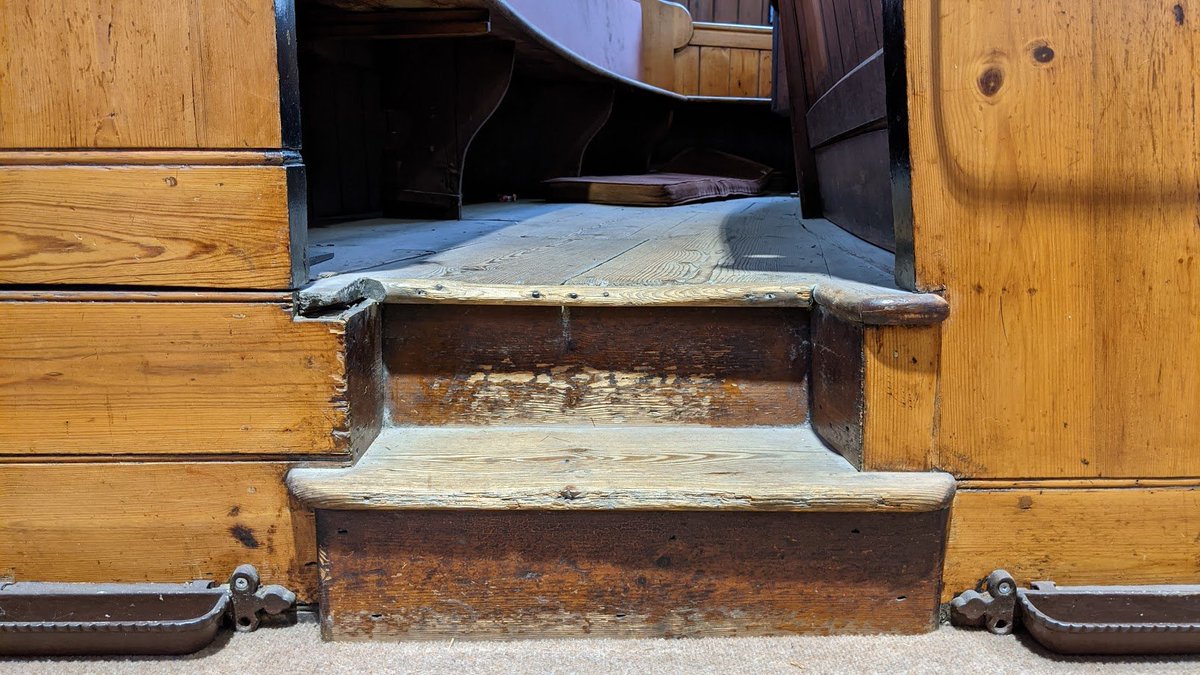

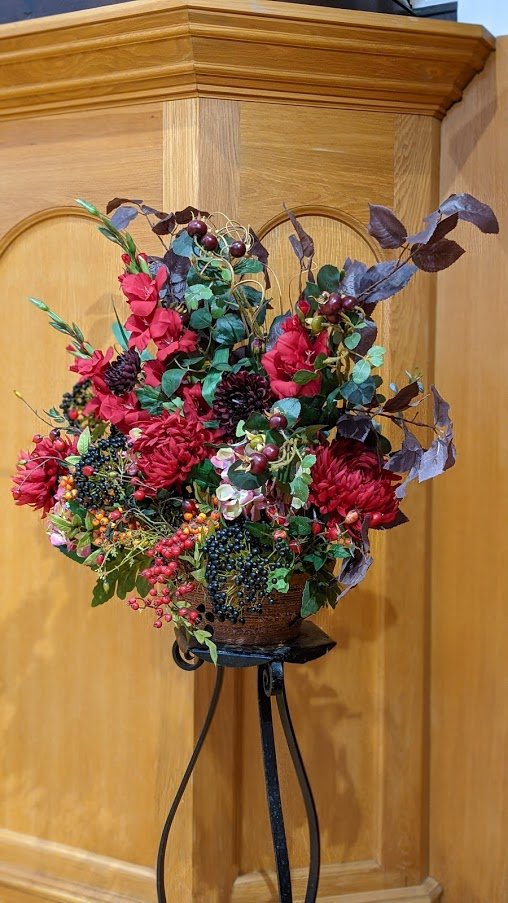
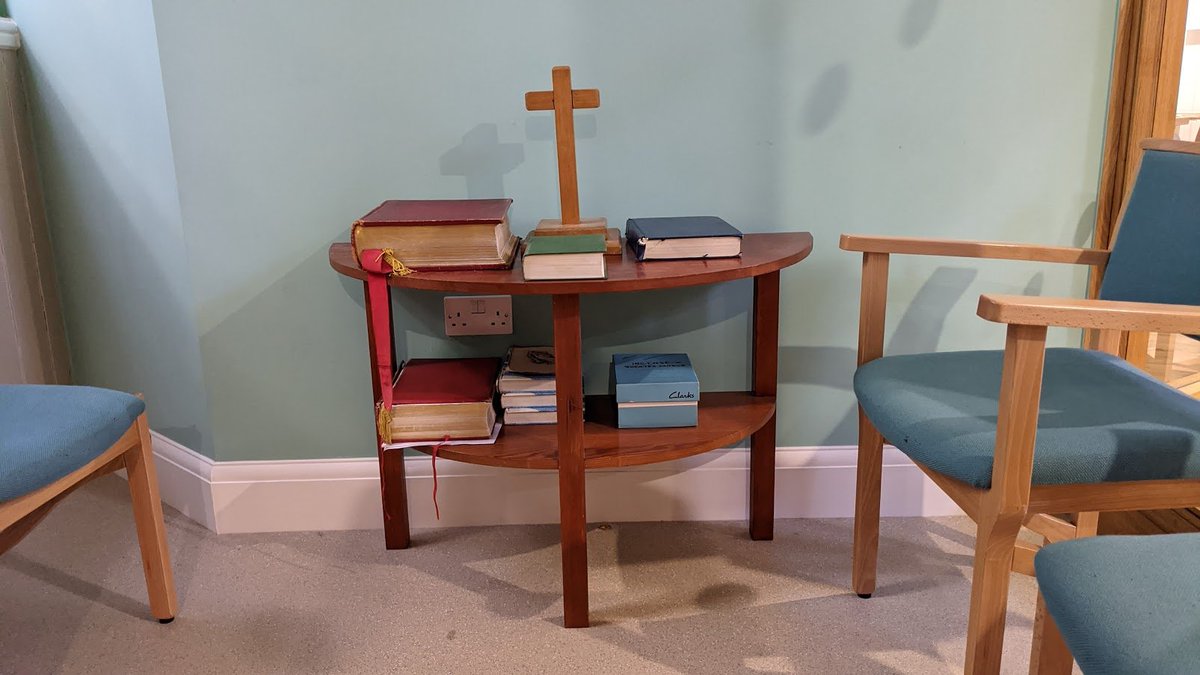
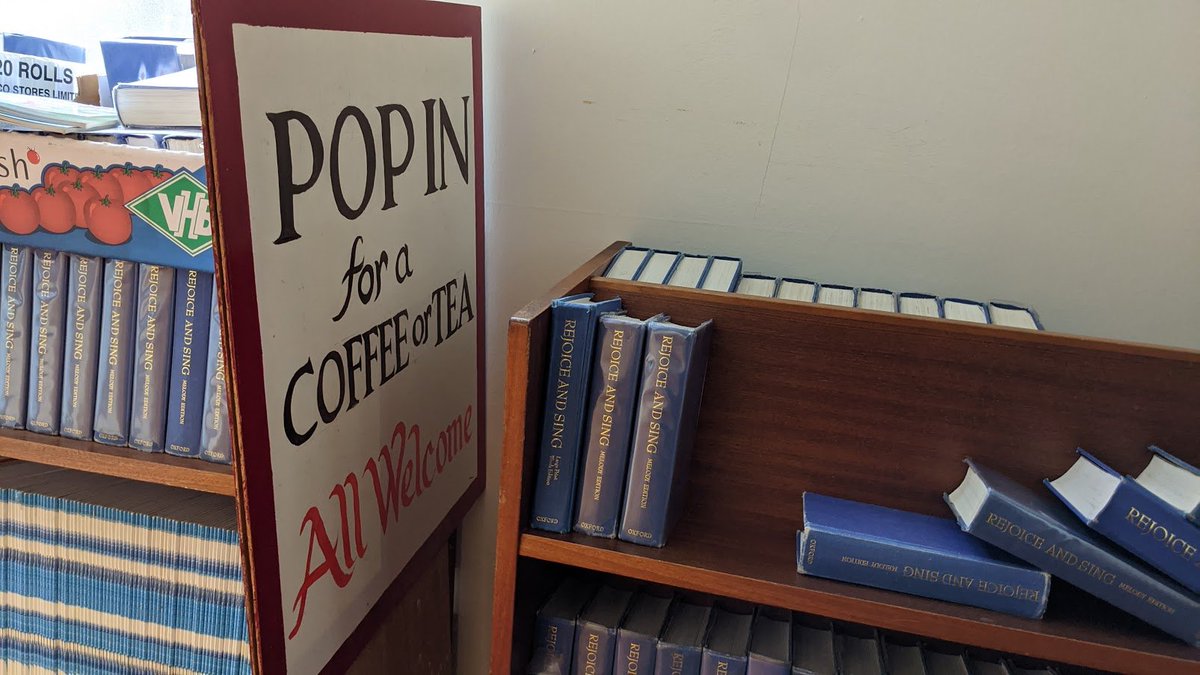

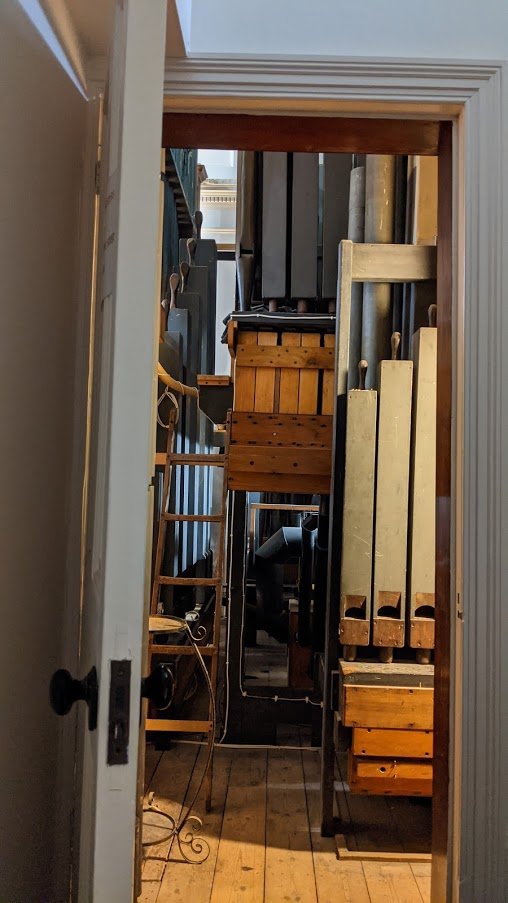
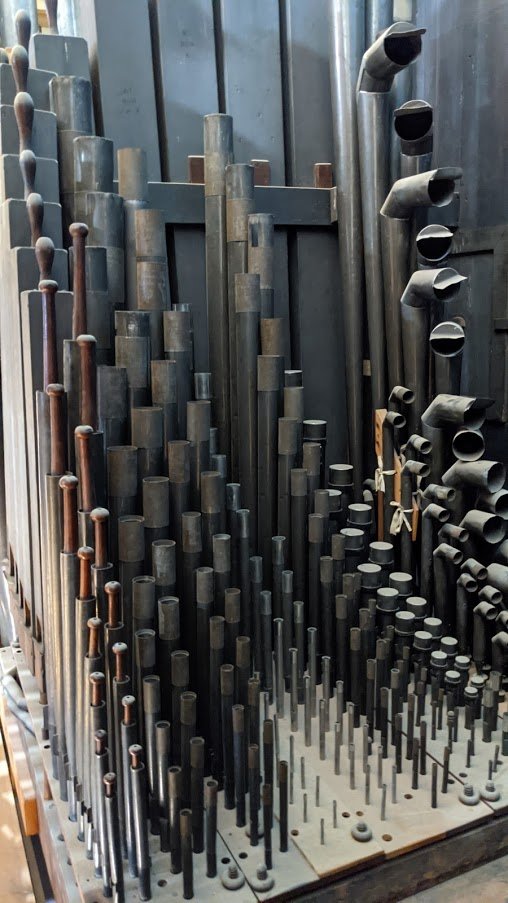
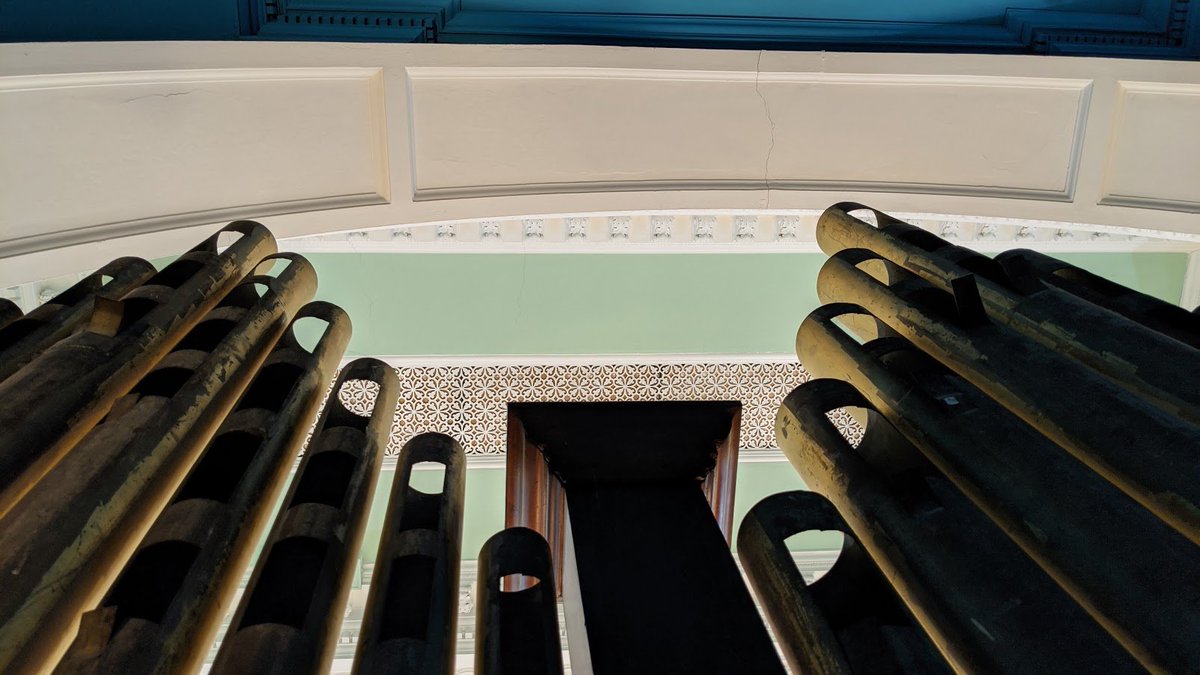

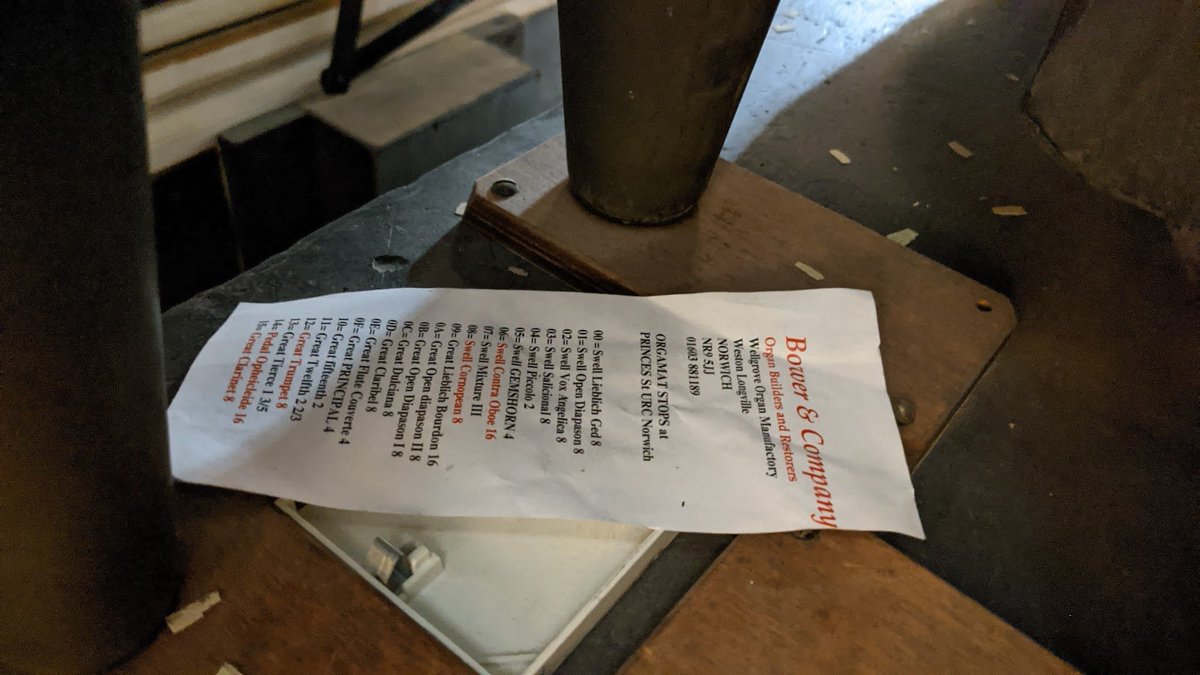
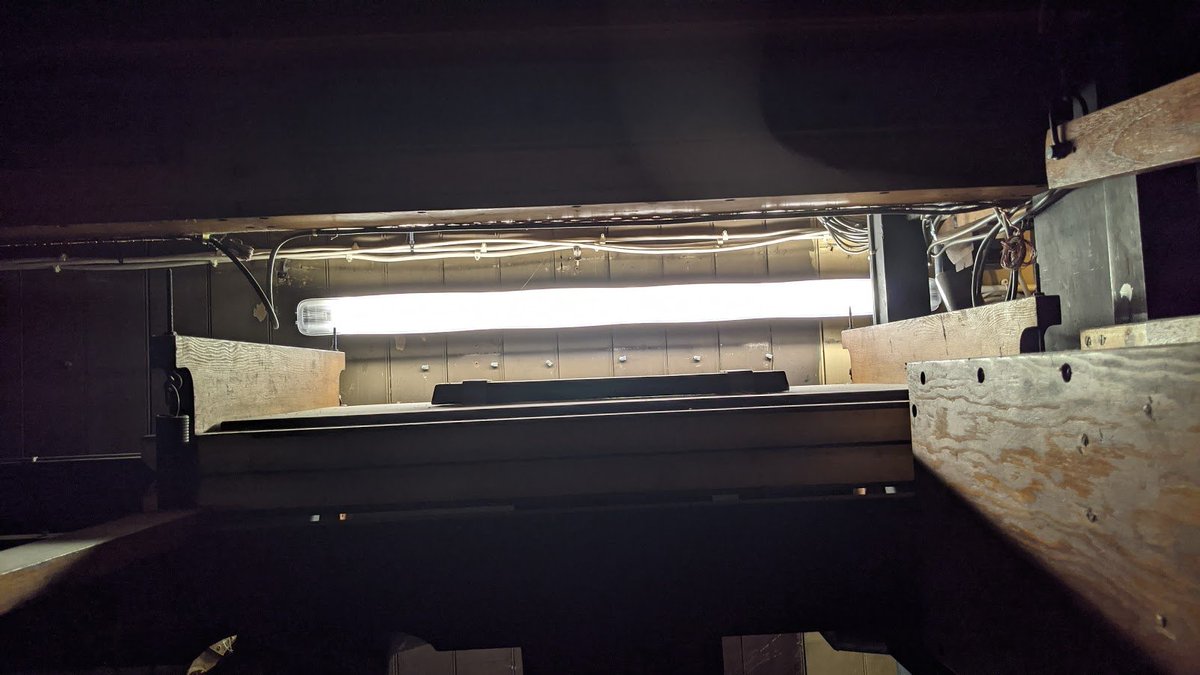
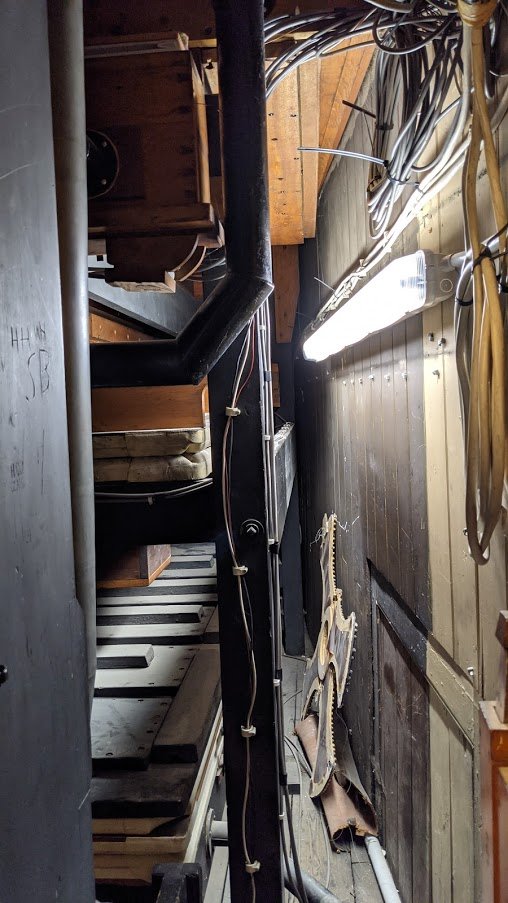
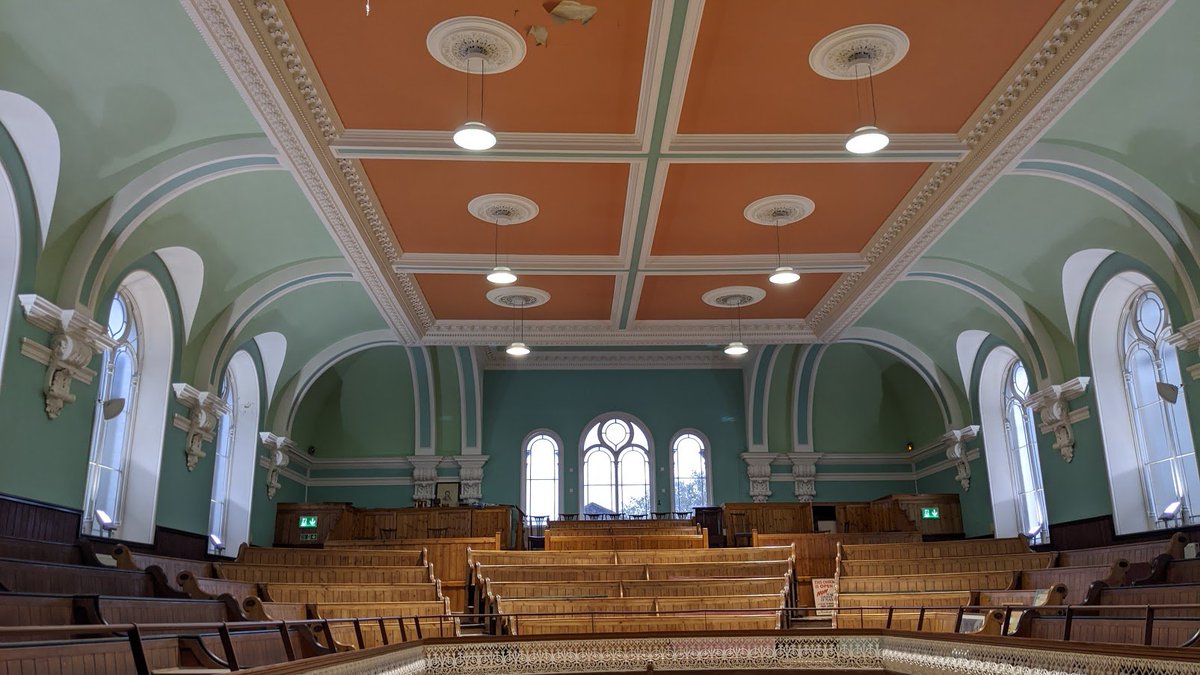

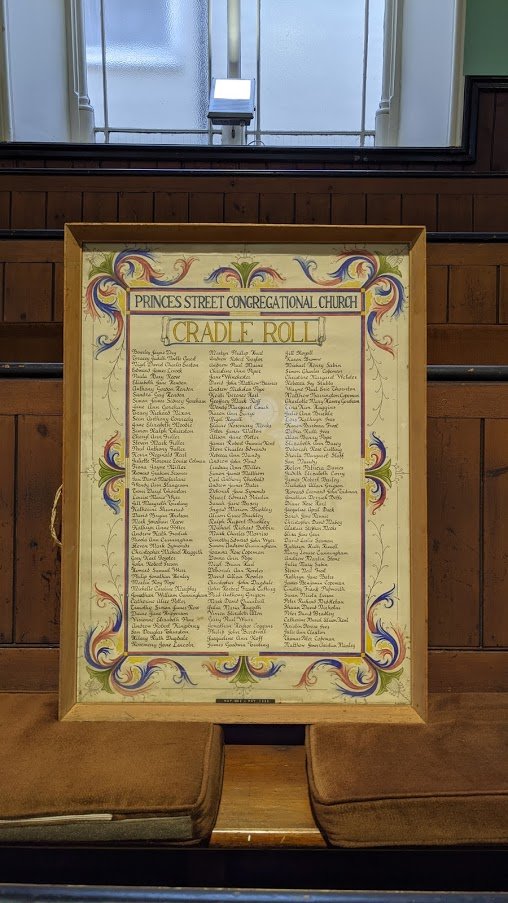


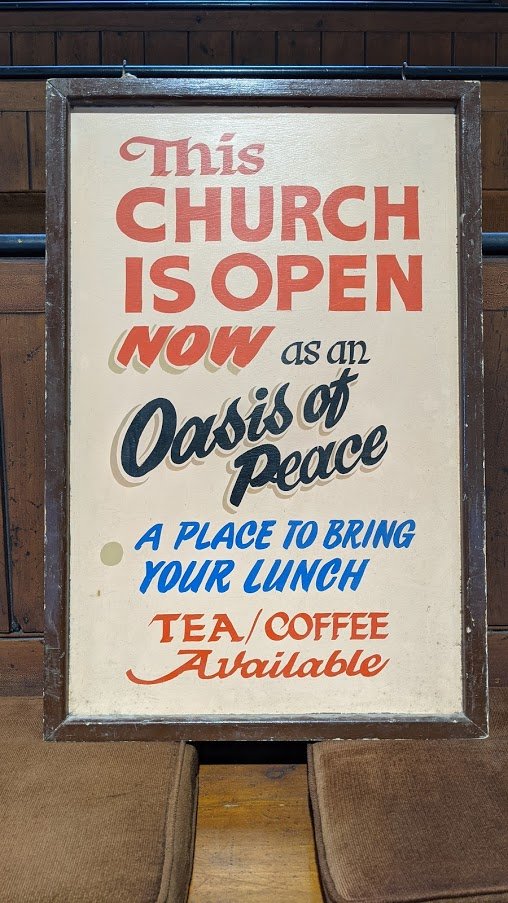
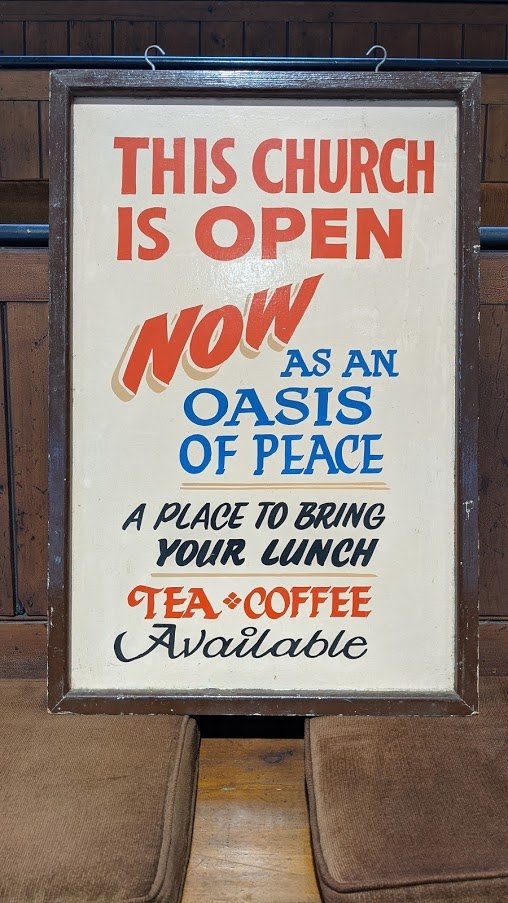
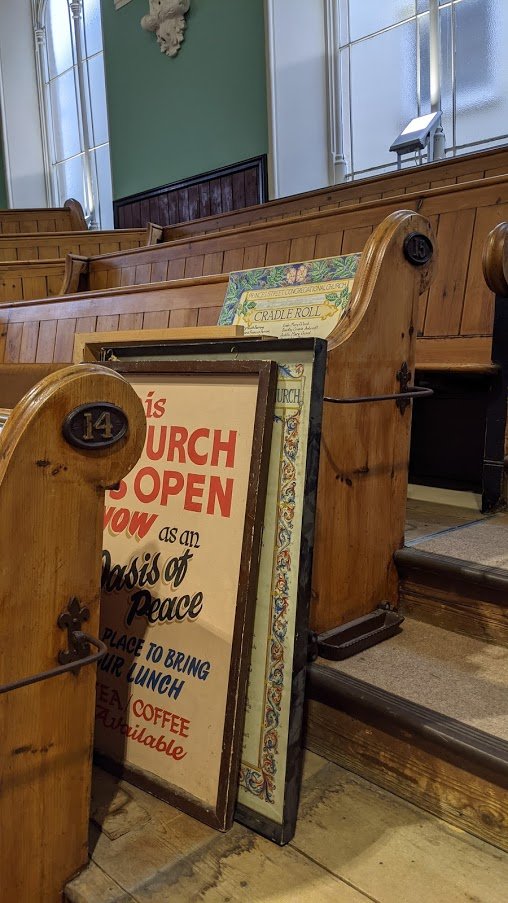

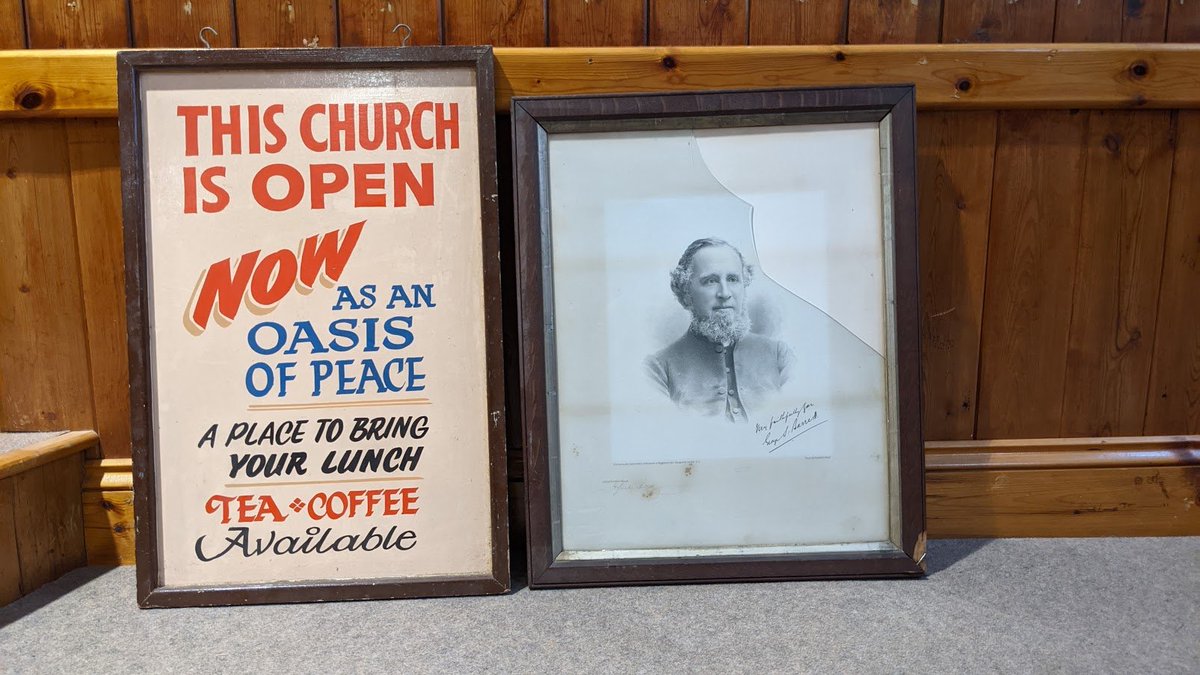
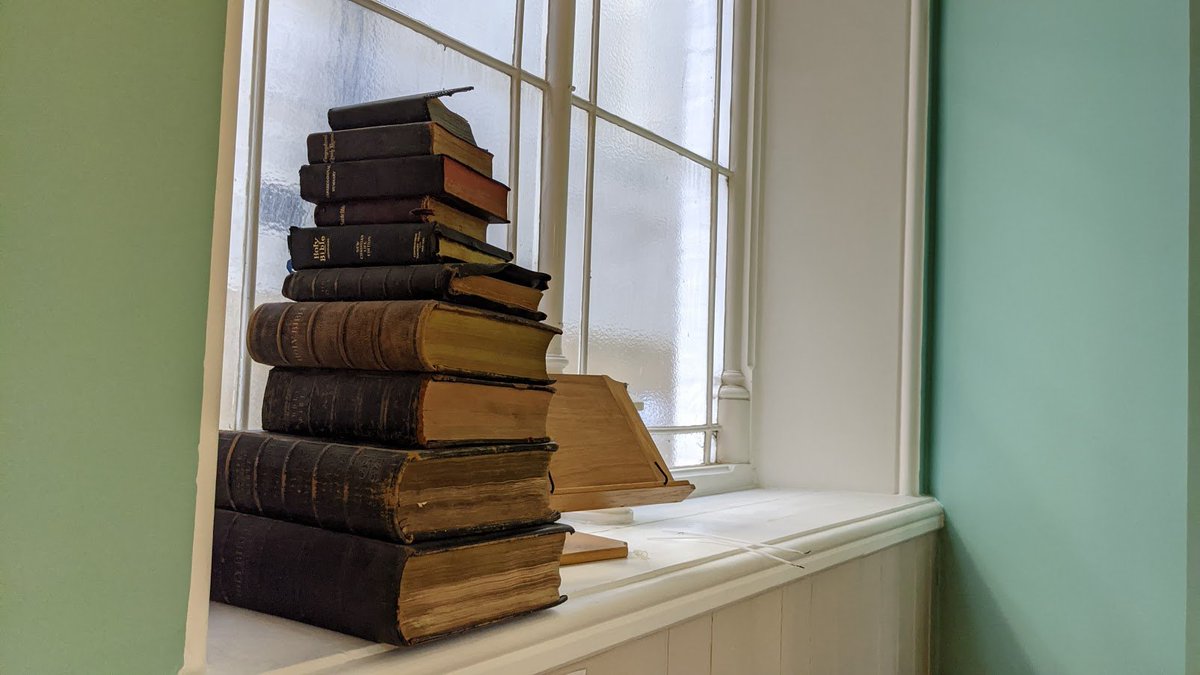
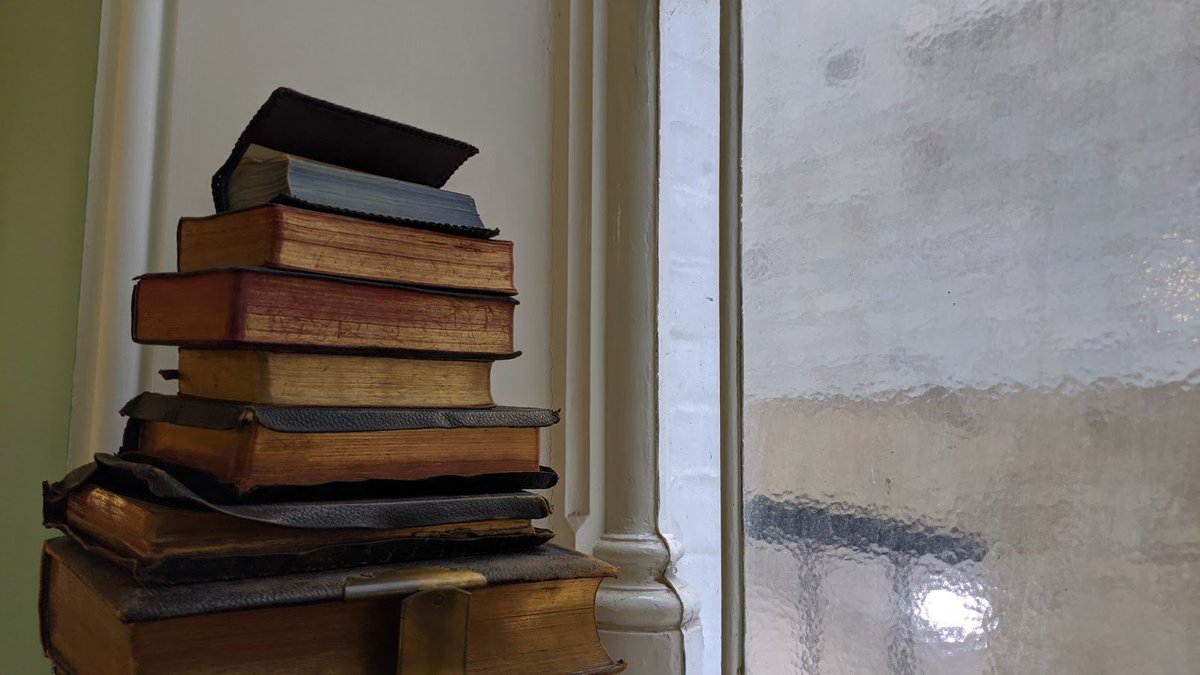
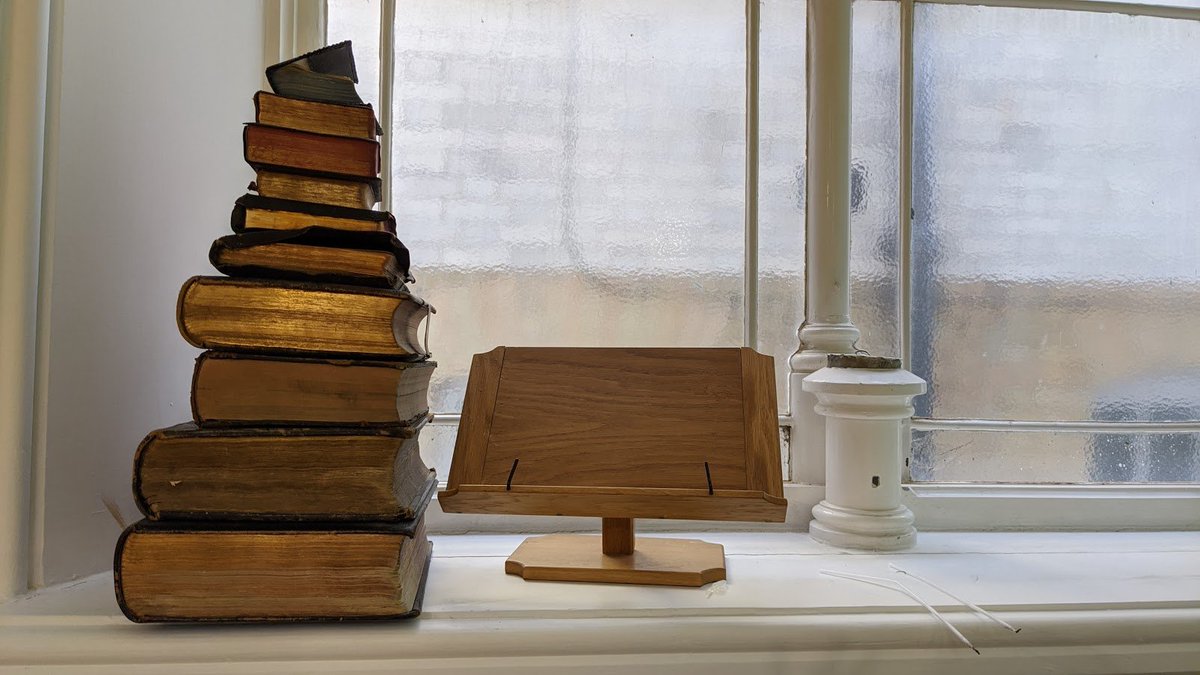

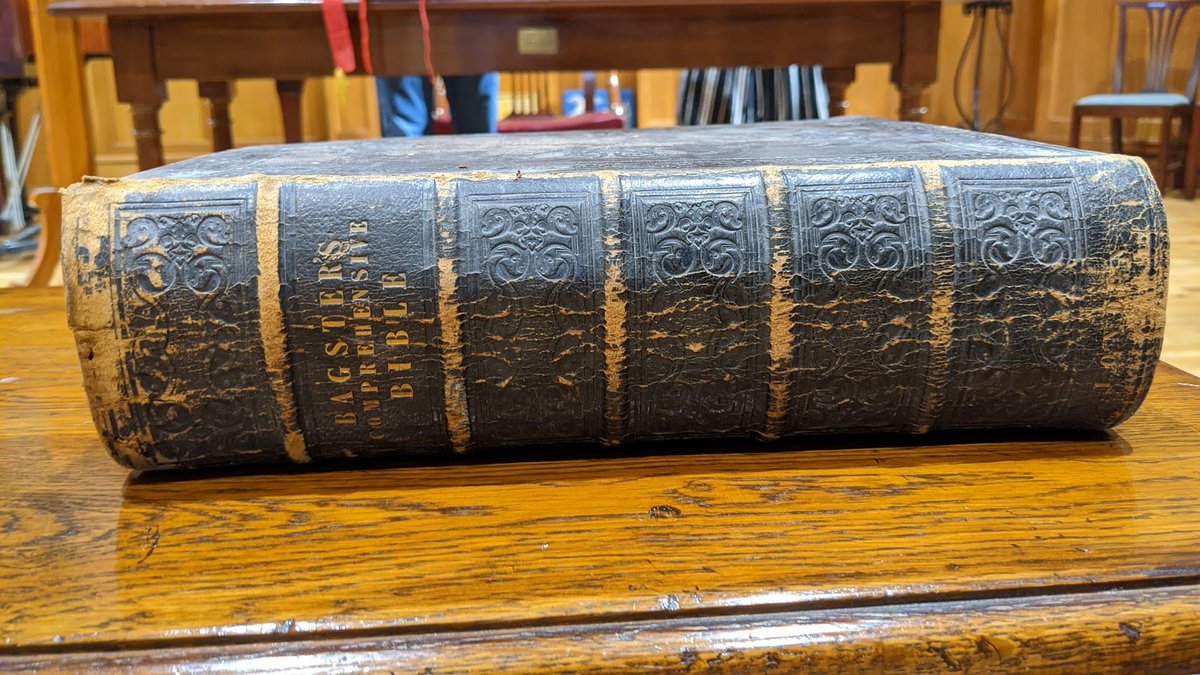
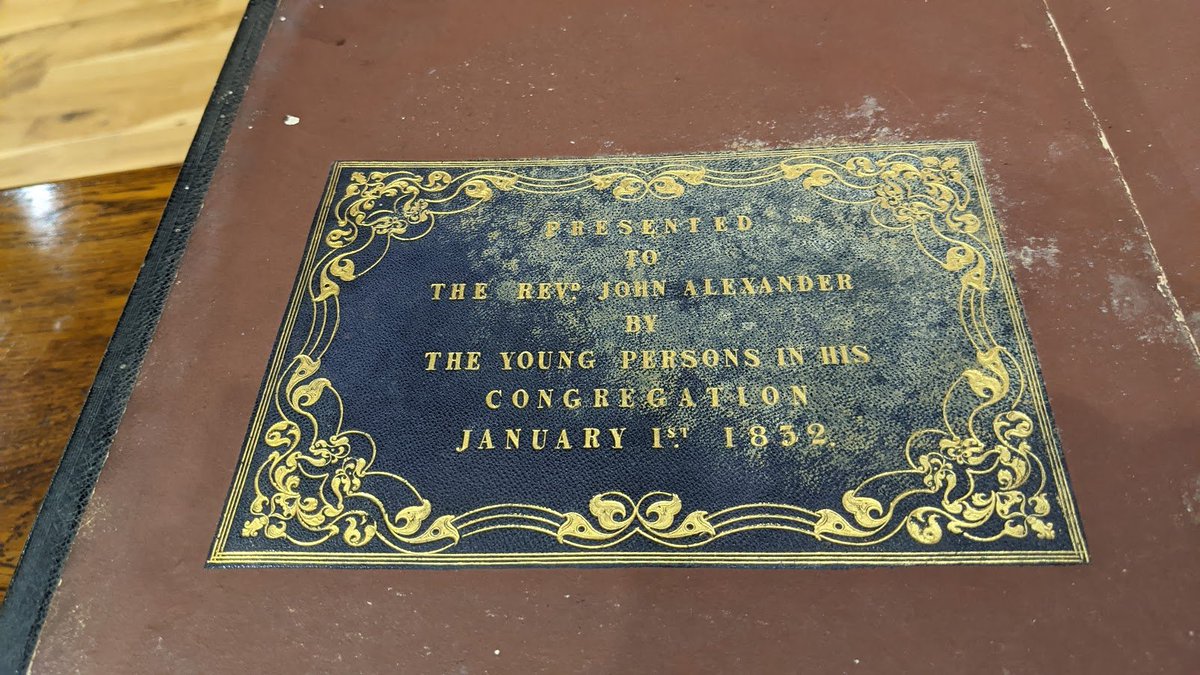
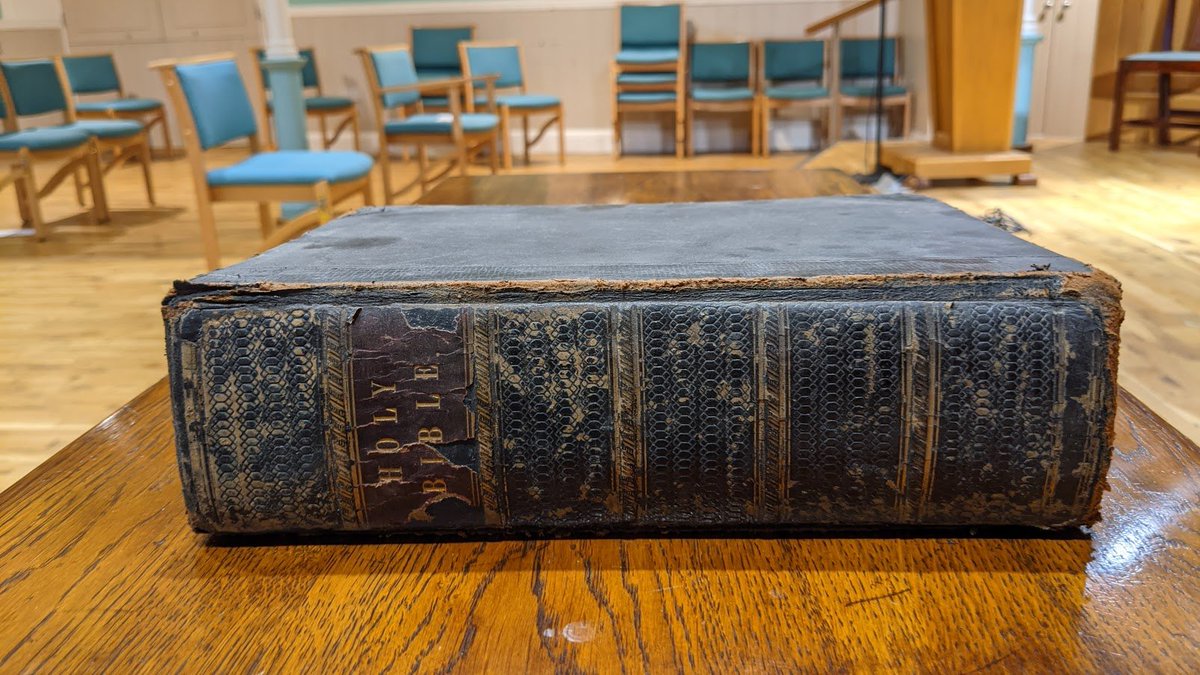
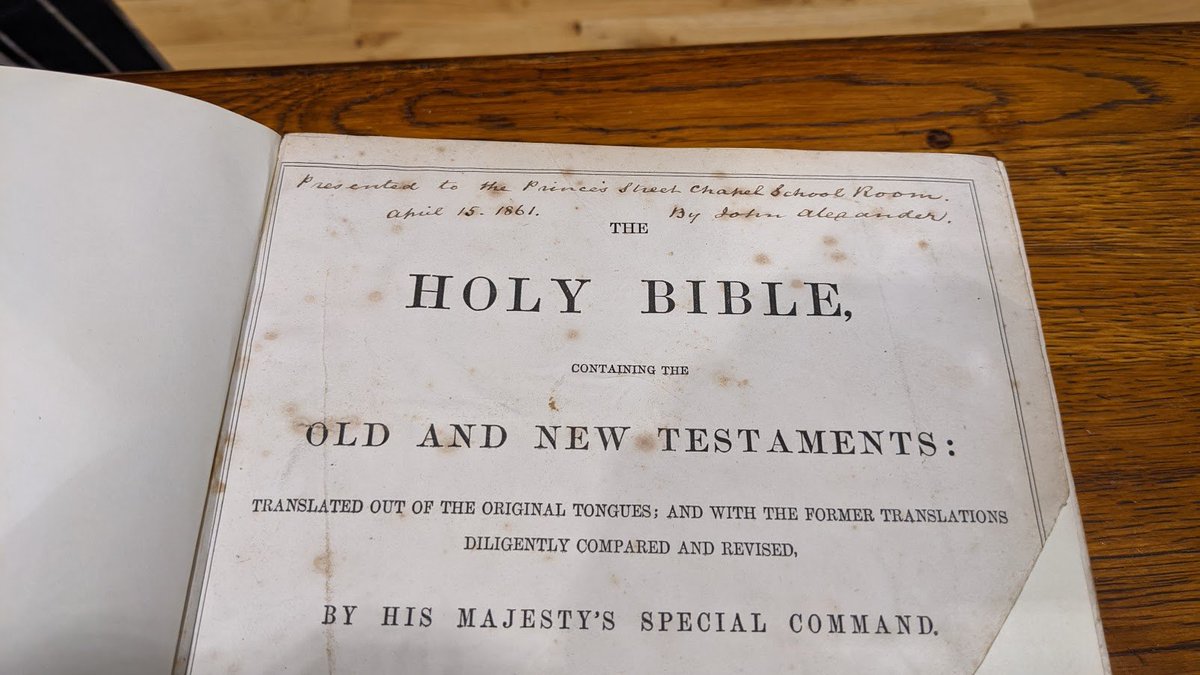
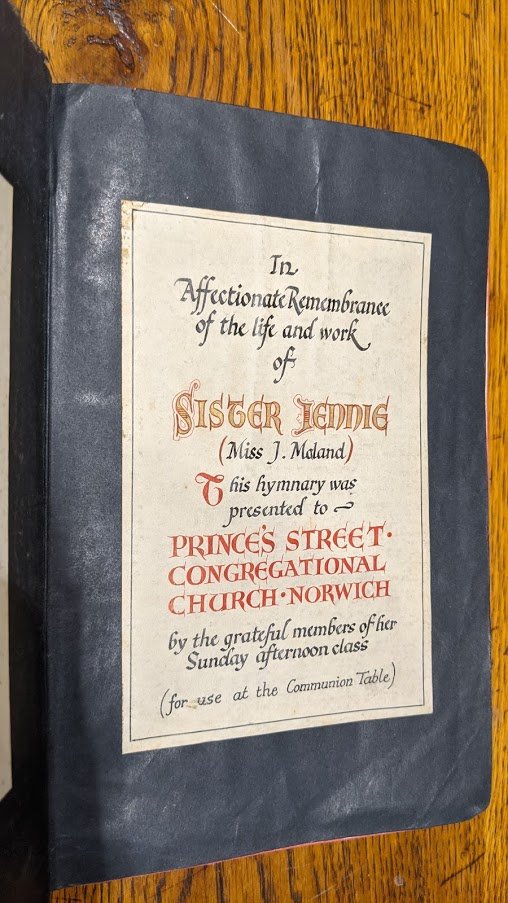
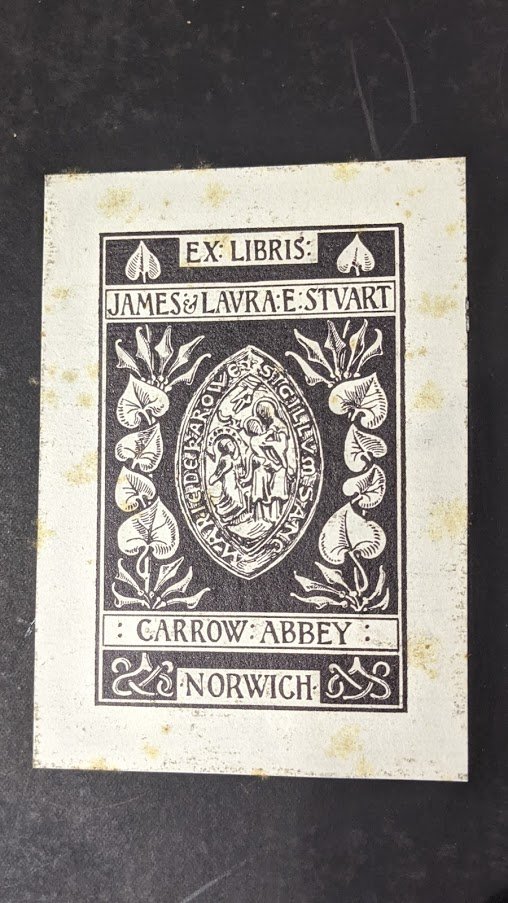

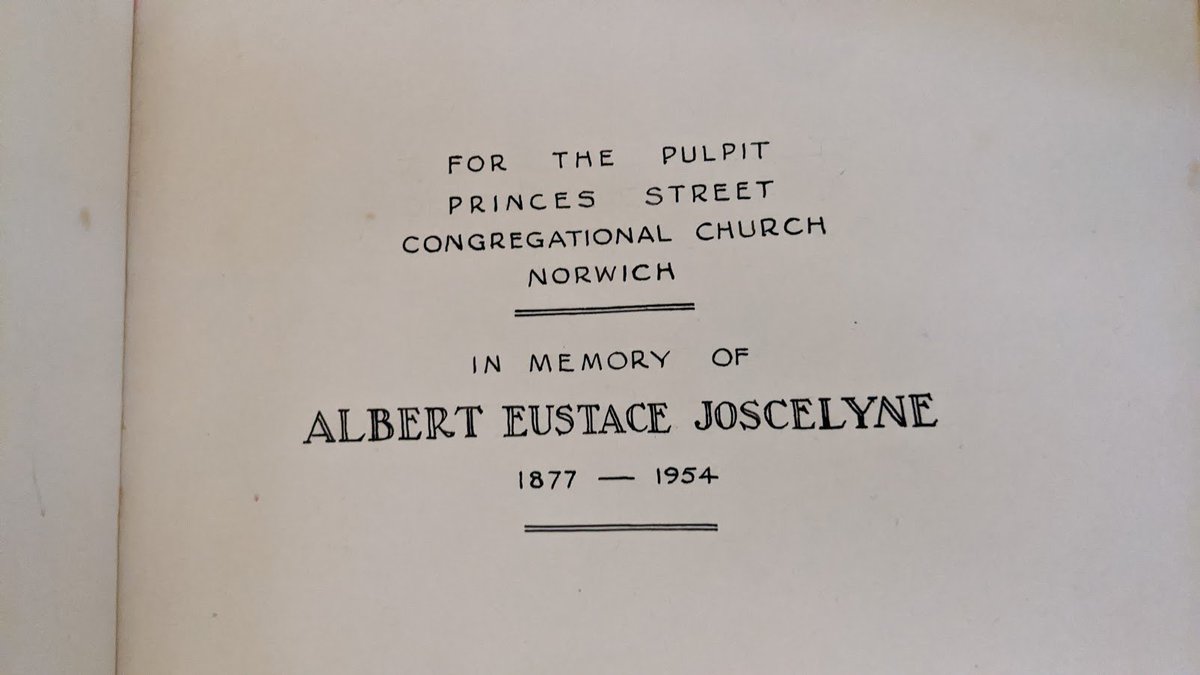
![The Bible that was sat on the altar when I arrived turned out to be a Family Bible, recording over 100 years of Births, Deaths, and Marriages. I flagged this up to the Minister, and he opened it, exclaimed "Oh! It& #39;s the [redacted] Family!" and promised to get it back to them. The Bible that was sat on the altar when I arrived turned out to be a Family Bible, recording over 100 years of Births, Deaths, and Marriages. I flagged this up to the Minister, and he opened it, exclaimed "Oh! It& #39;s the [redacted] Family!" and promised to get it back to them.](https://pbs.twimg.com/media/ElkZf_4W0AA2zj5.jpg)
![The Bible that was sat on the altar when I arrived turned out to be a Family Bible, recording over 100 years of Births, Deaths, and Marriages. I flagged this up to the Minister, and he opened it, exclaimed "Oh! It& #39;s the [redacted] Family!" and promised to get it back to them. The Bible that was sat on the altar when I arrived turned out to be a Family Bible, recording over 100 years of Births, Deaths, and Marriages. I flagged this up to the Minister, and he opened it, exclaimed "Oh! It& #39;s the [redacted] Family!" and promised to get it back to them.](https://pbs.twimg.com/media/ElkZib8XYAEPd9u.jpg)
![The Bible that was sat on the altar when I arrived turned out to be a Family Bible, recording over 100 years of Births, Deaths, and Marriages. I flagged this up to the Minister, and he opened it, exclaimed "Oh! It& #39;s the [redacted] Family!" and promised to get it back to them. The Bible that was sat on the altar when I arrived turned out to be a Family Bible, recording over 100 years of Births, Deaths, and Marriages. I flagged this up to the Minister, and he opened it, exclaimed "Oh! It& #39;s the [redacted] Family!" and promised to get it back to them.](https://pbs.twimg.com/media/ElkZlHOXEAIuzU0.jpg)
